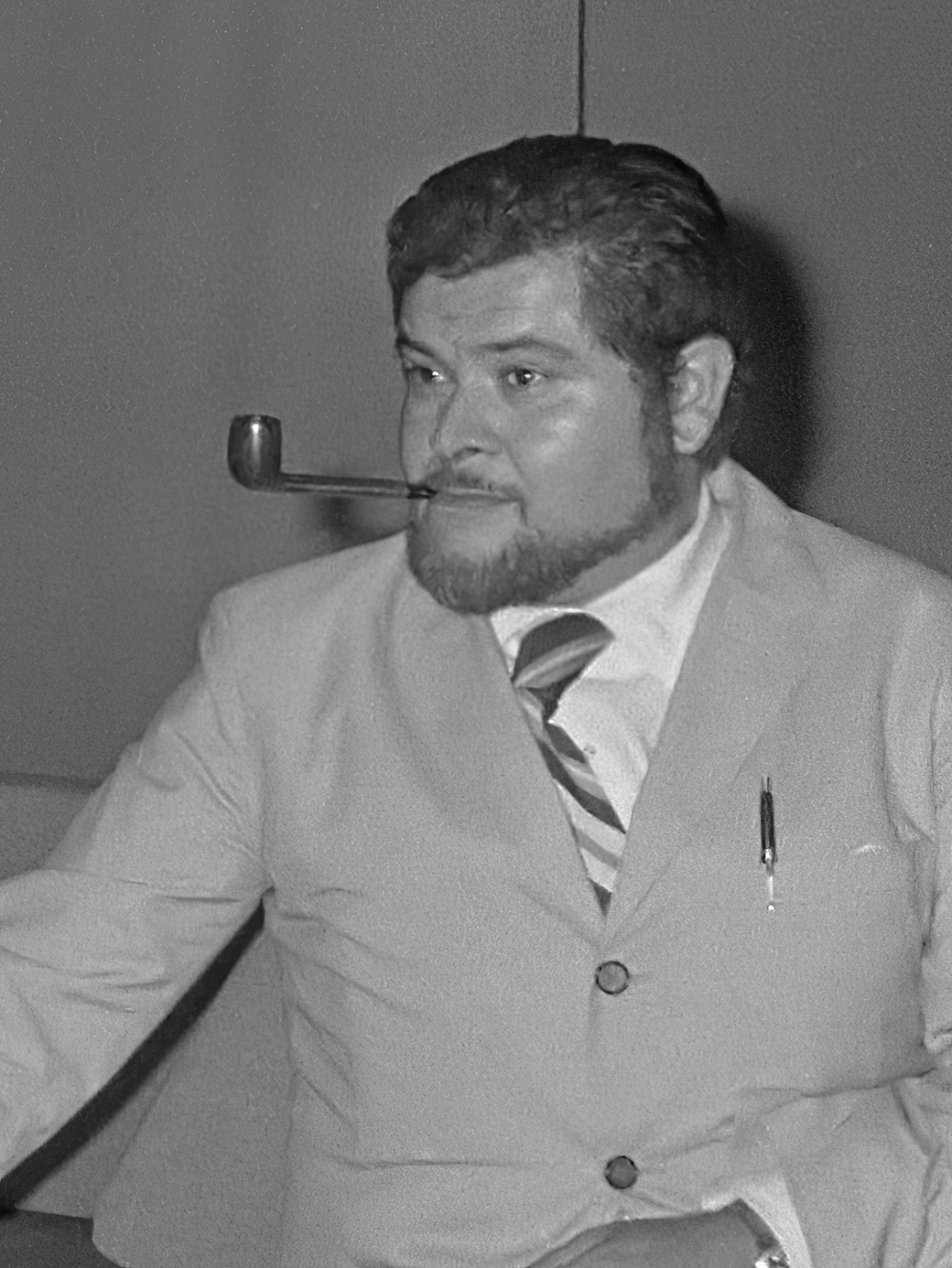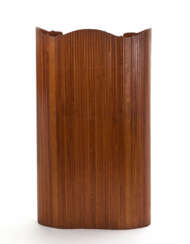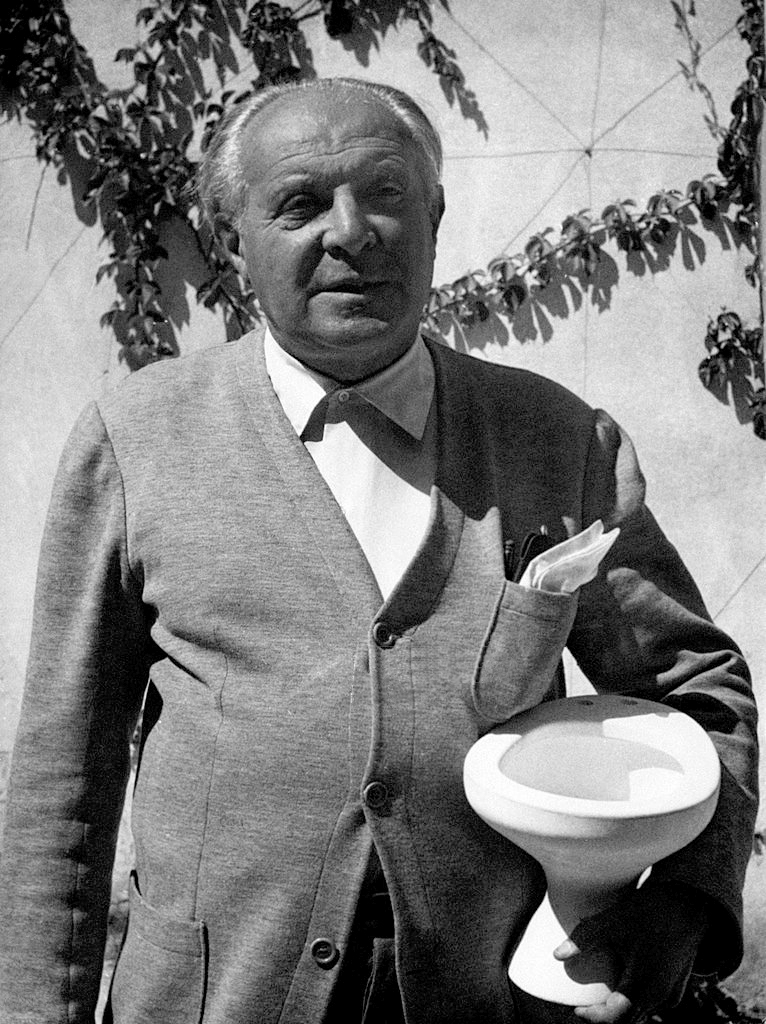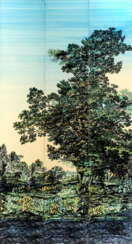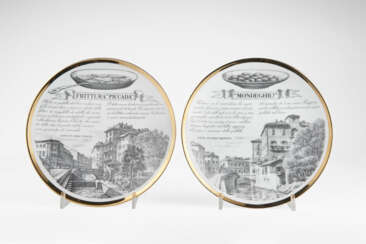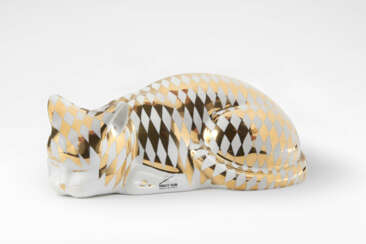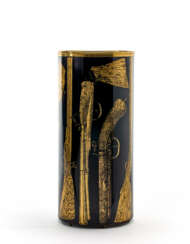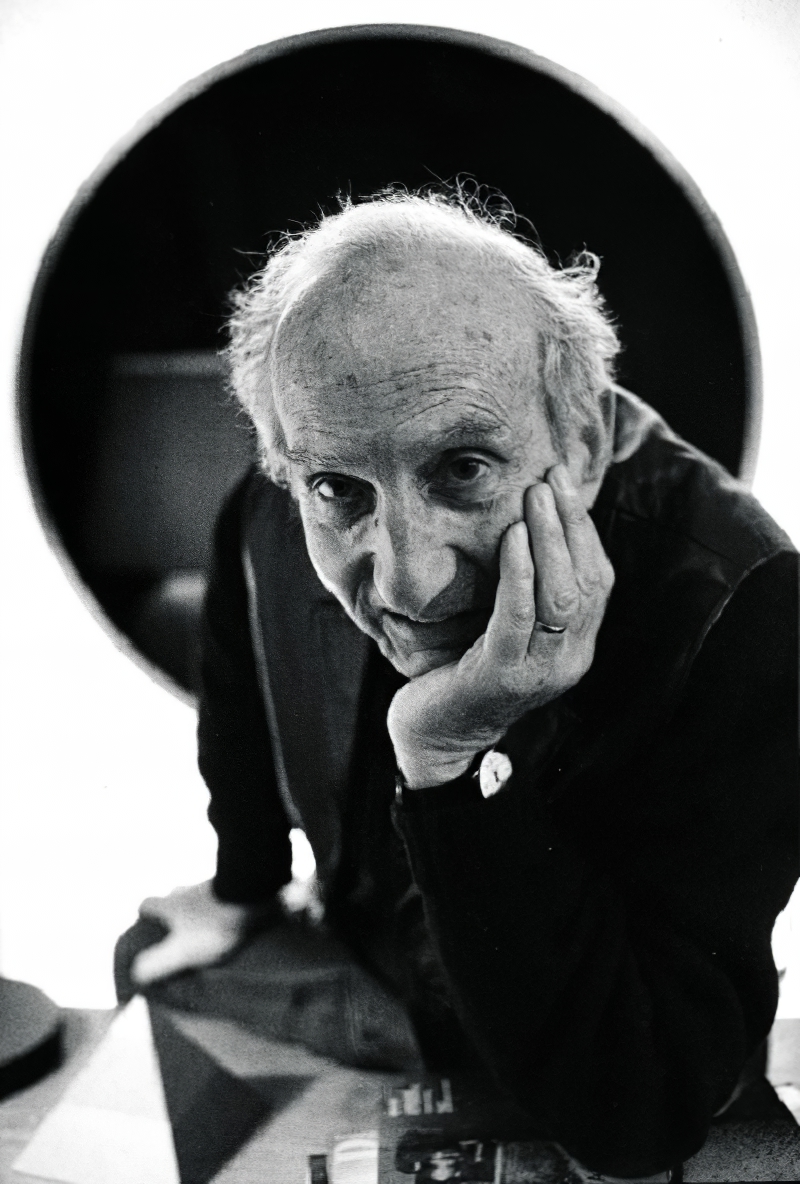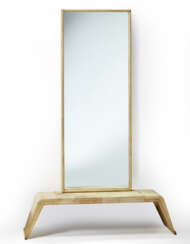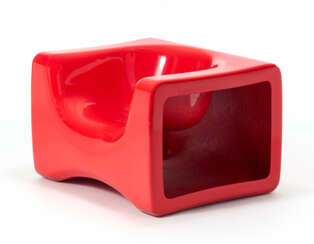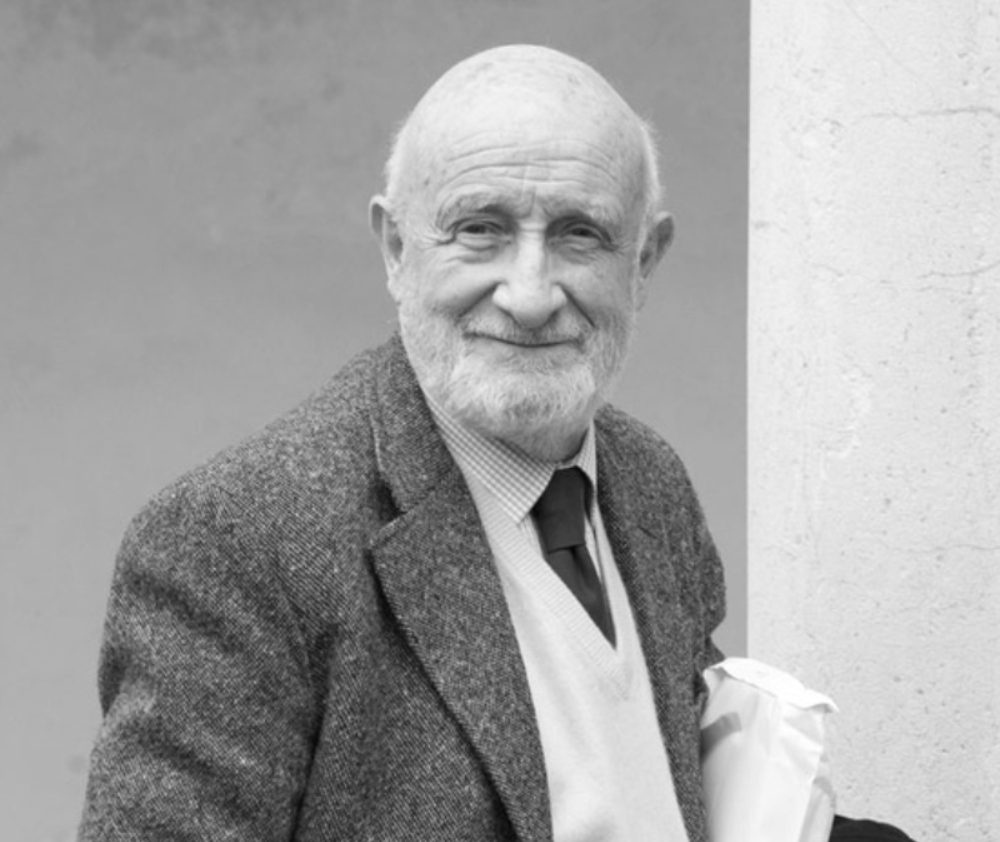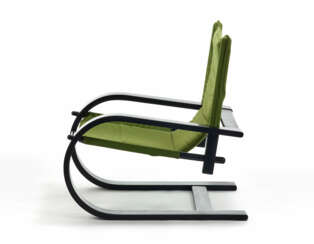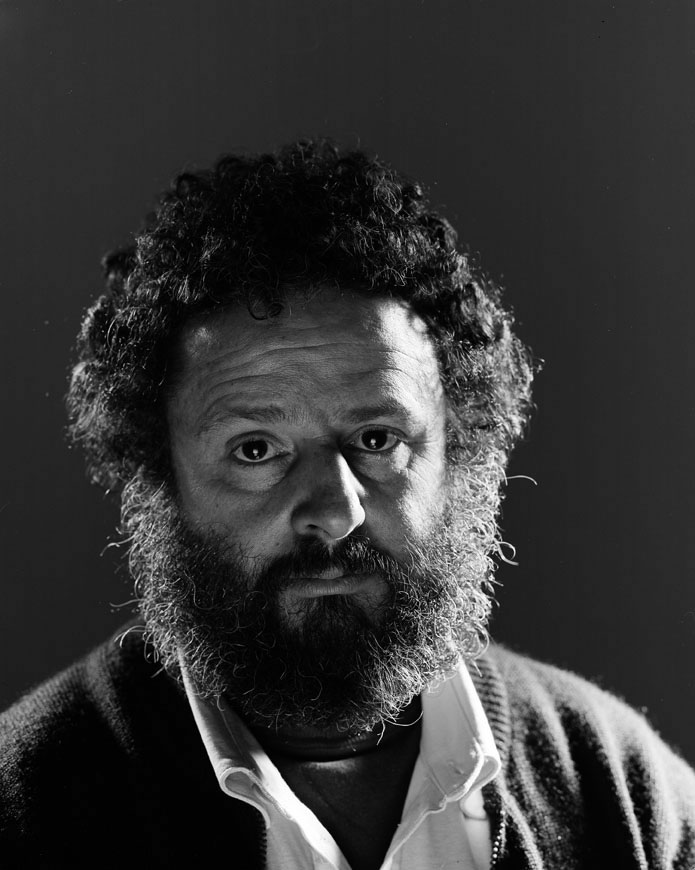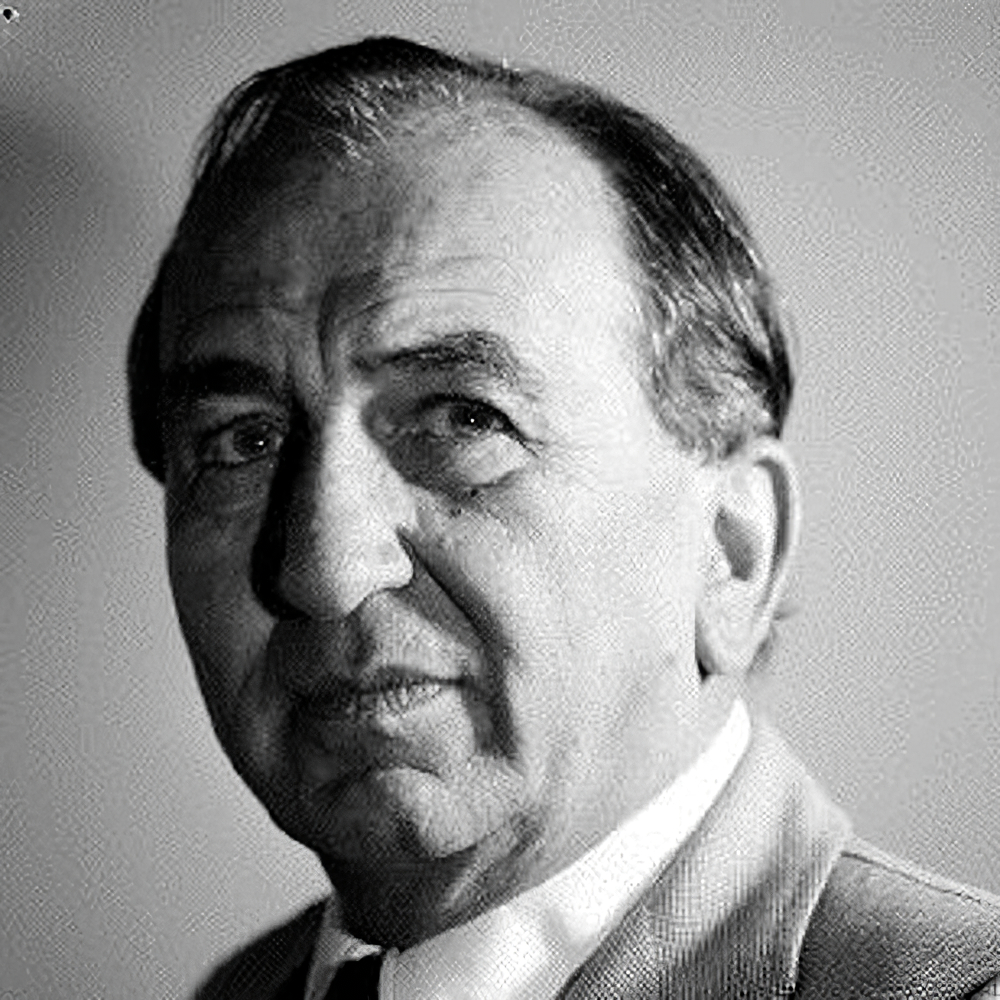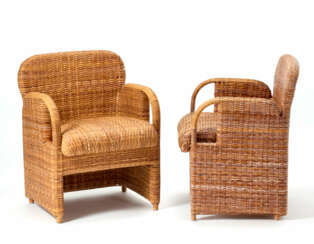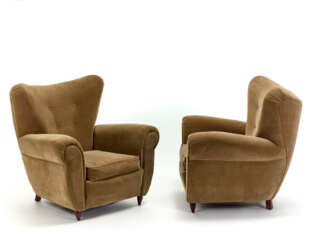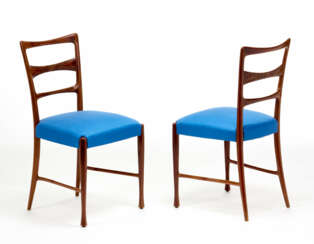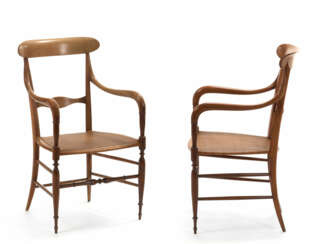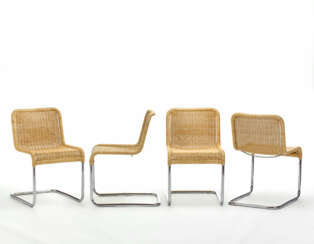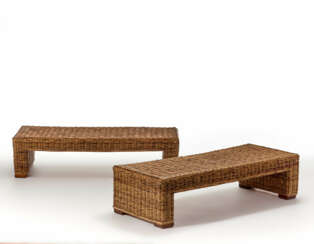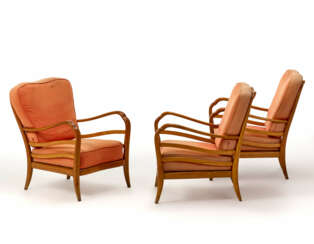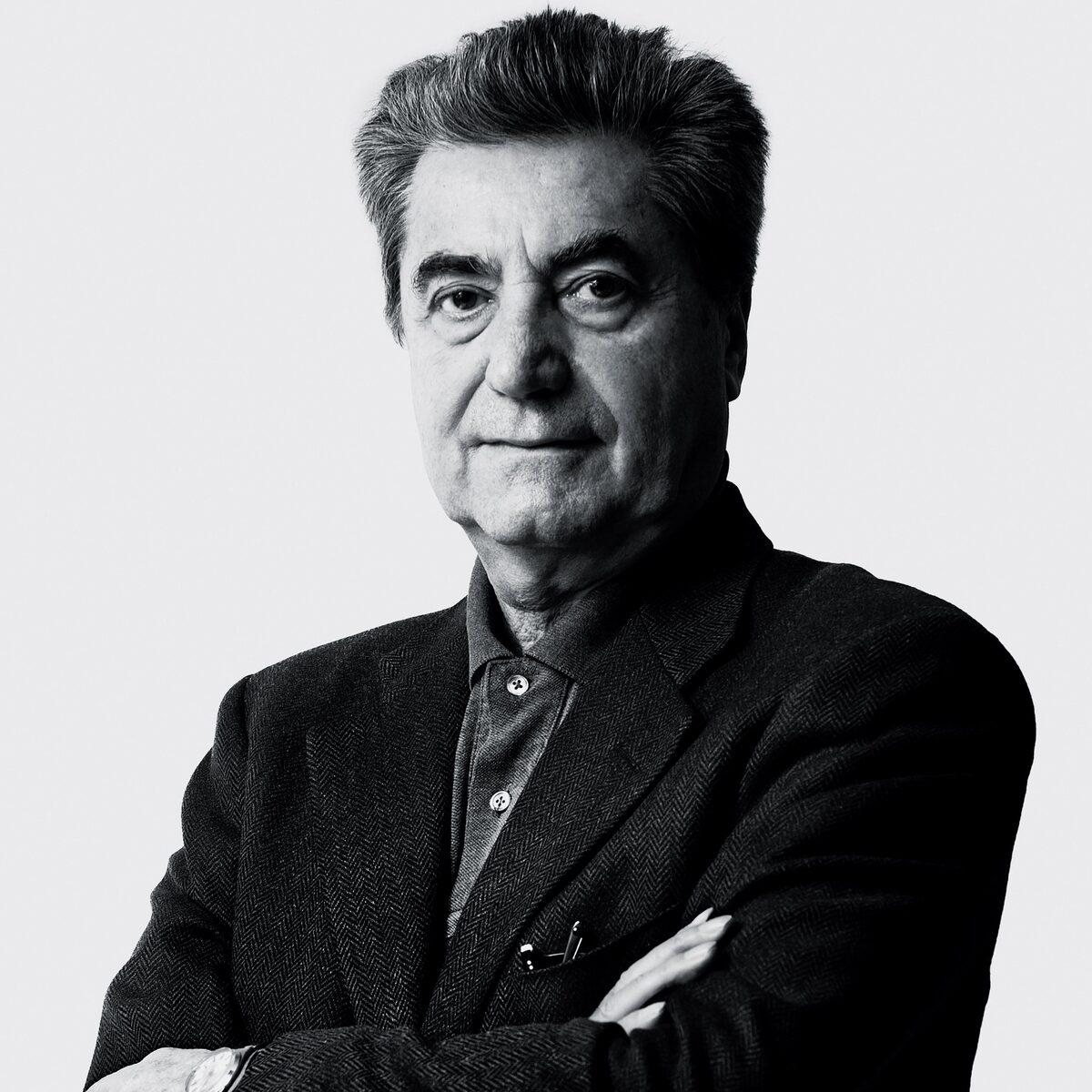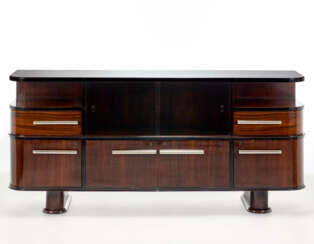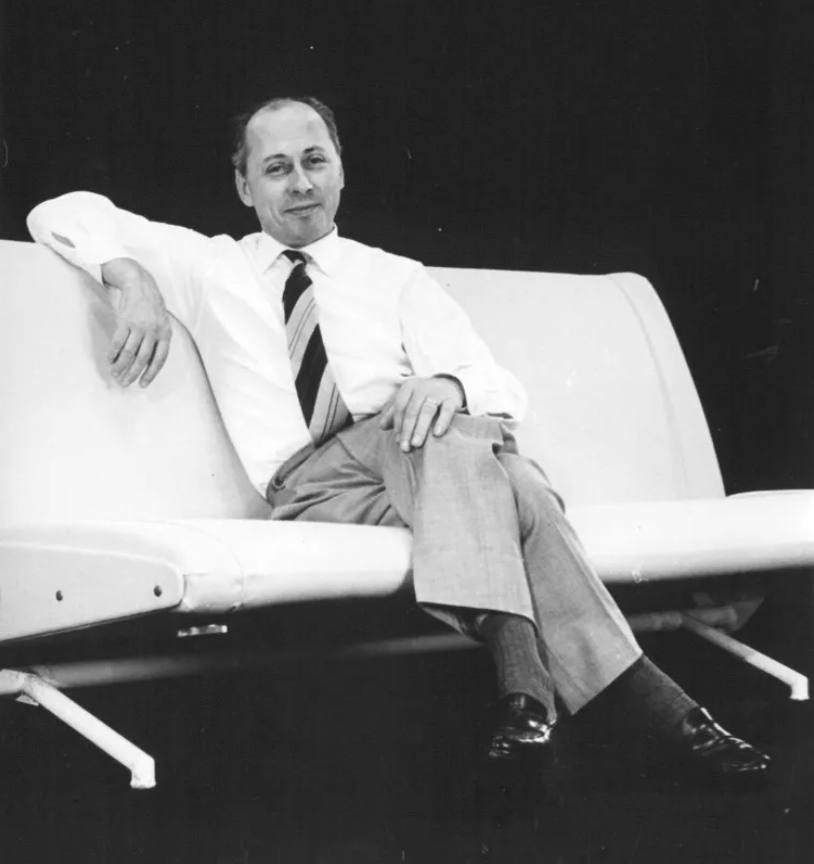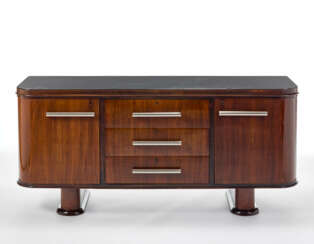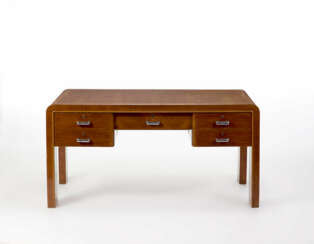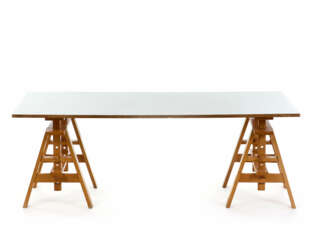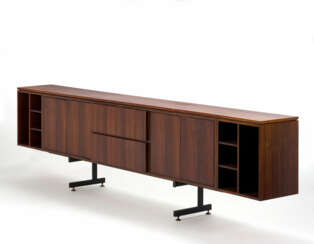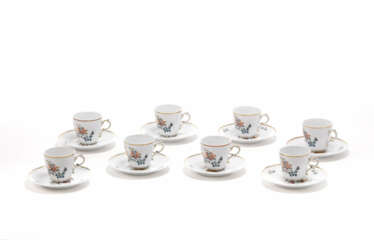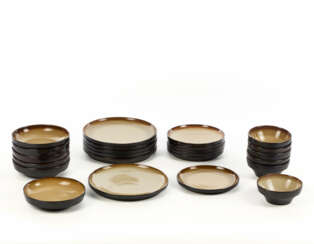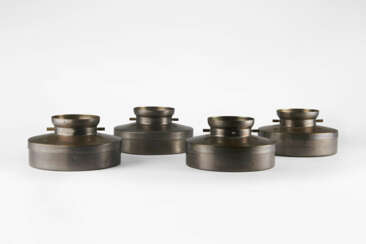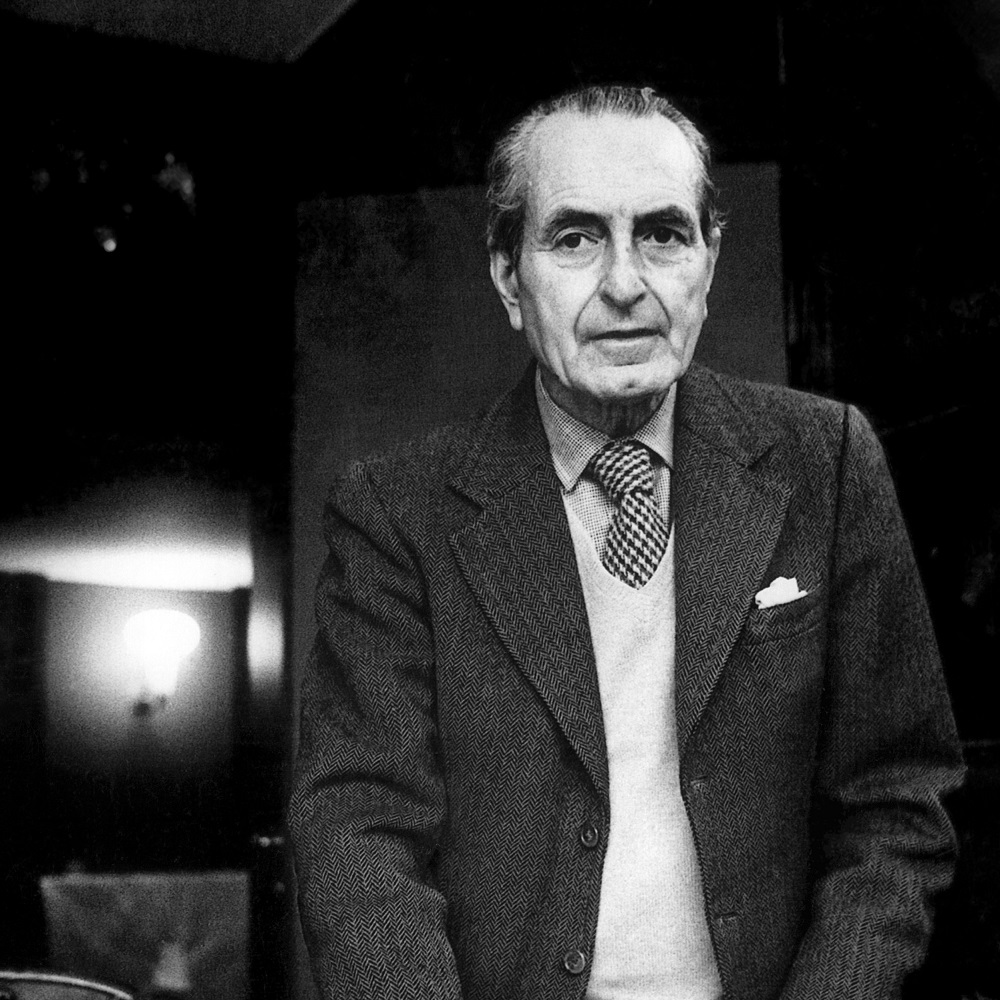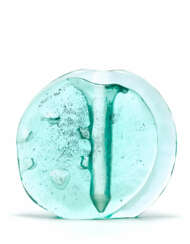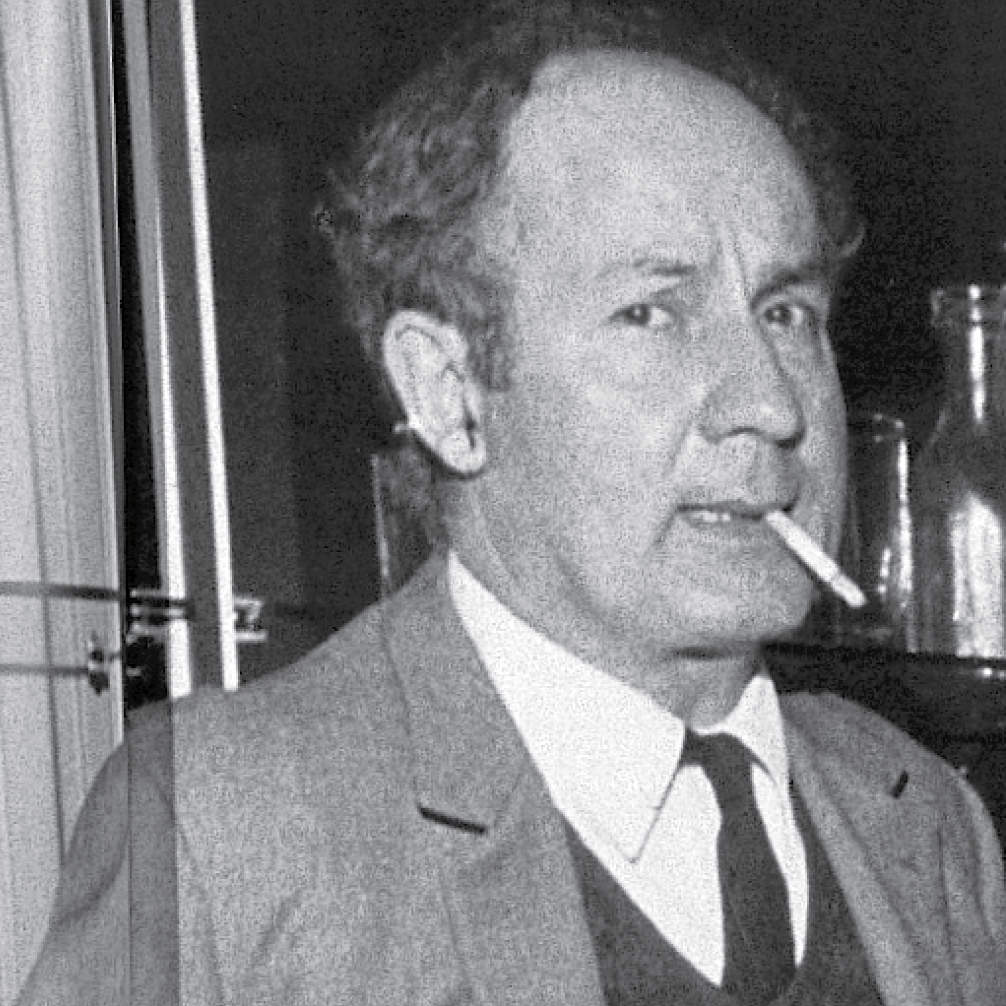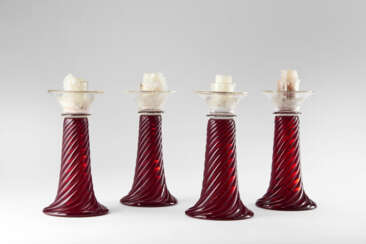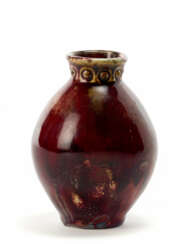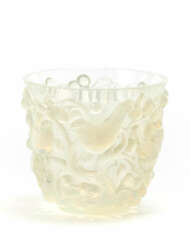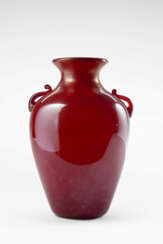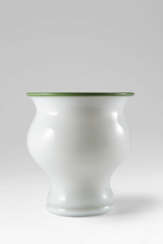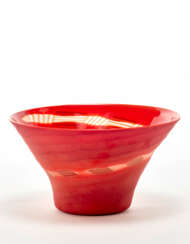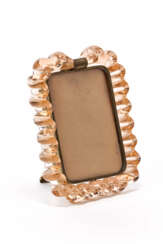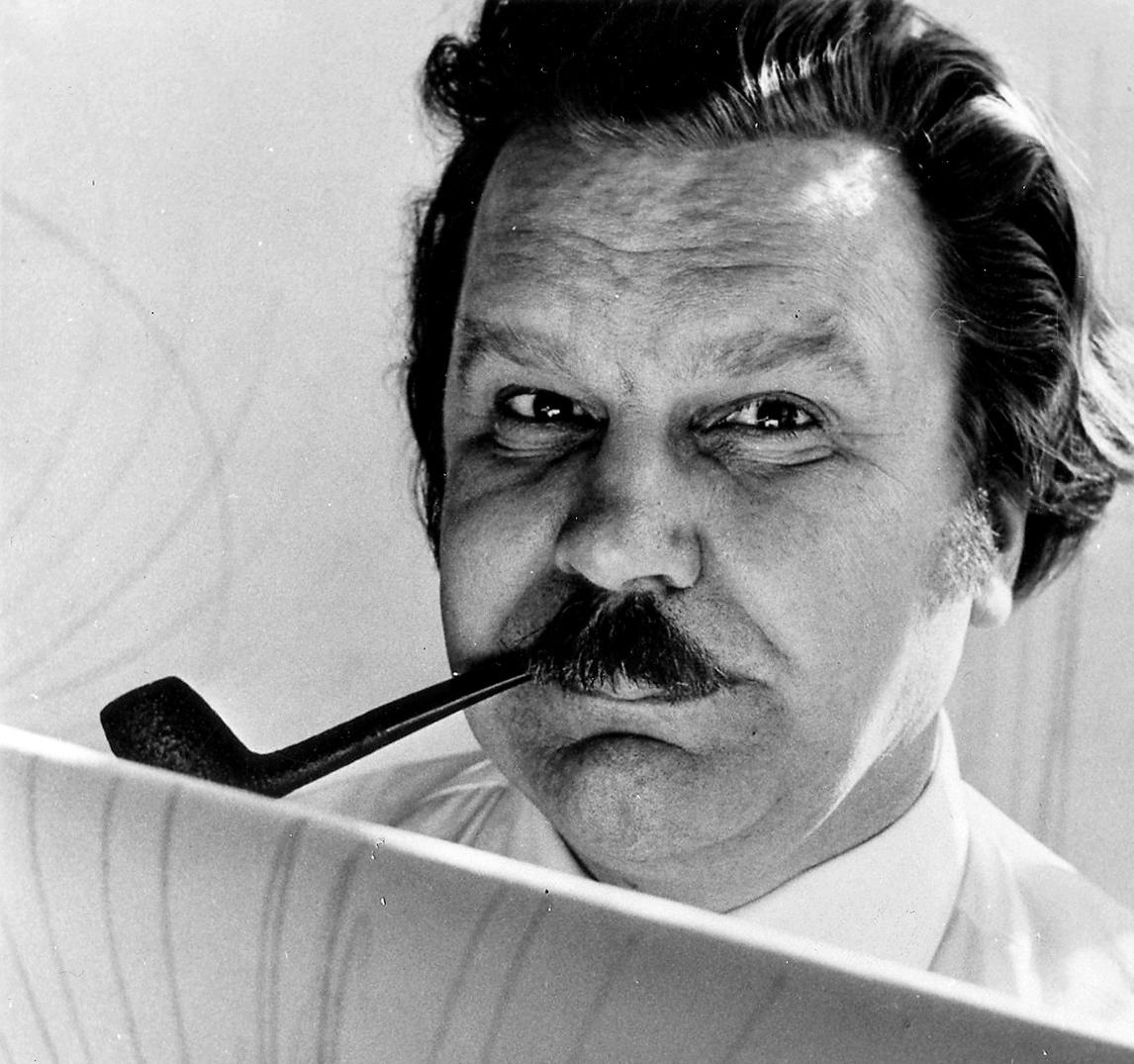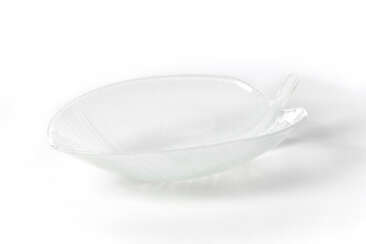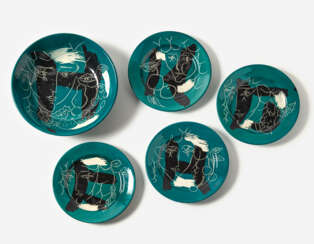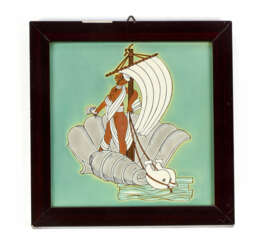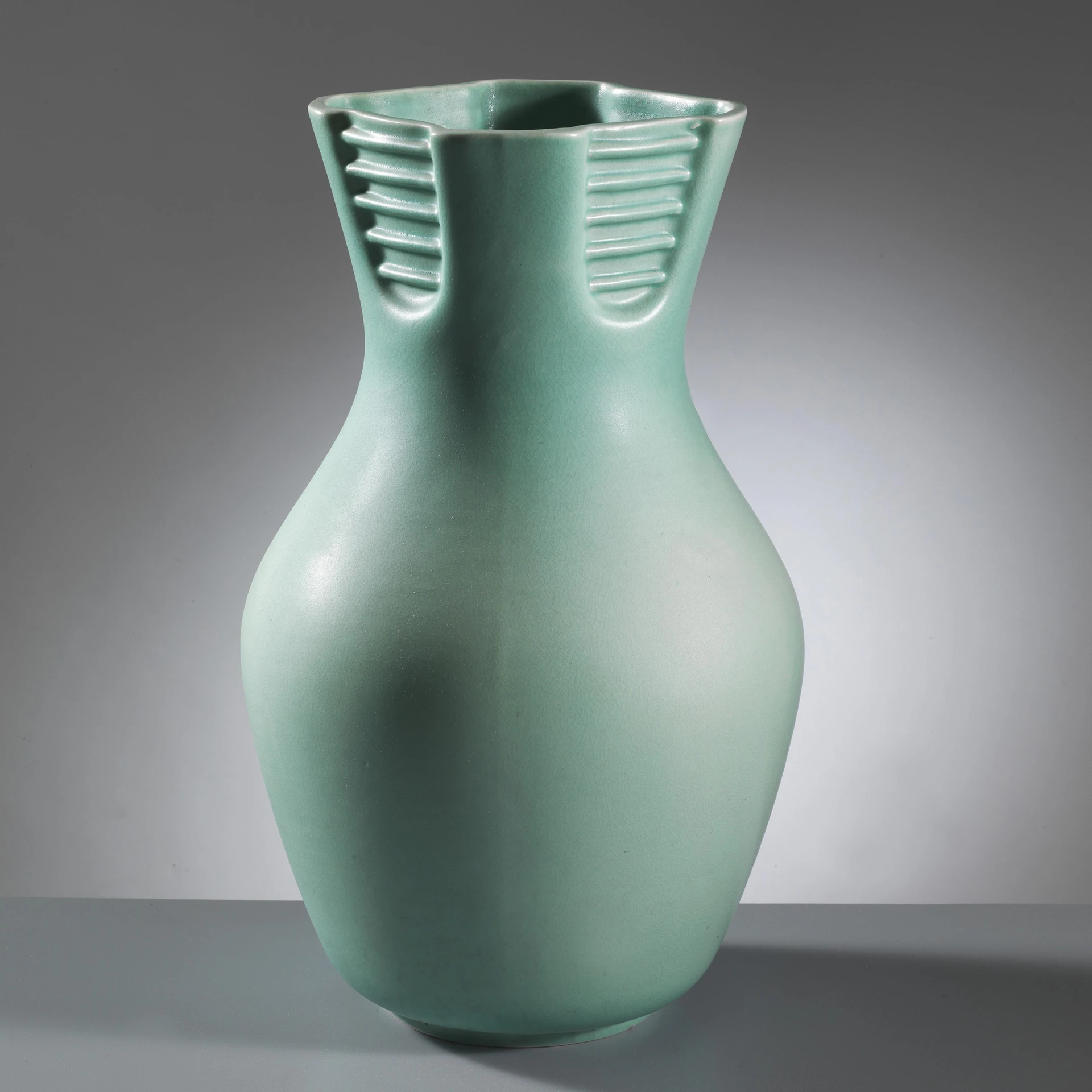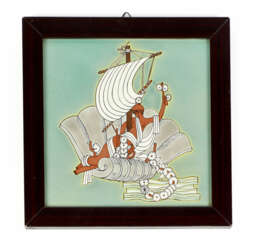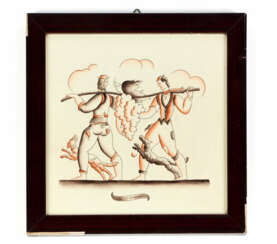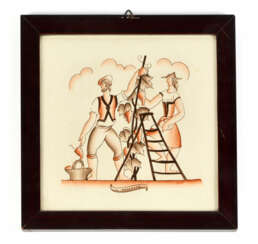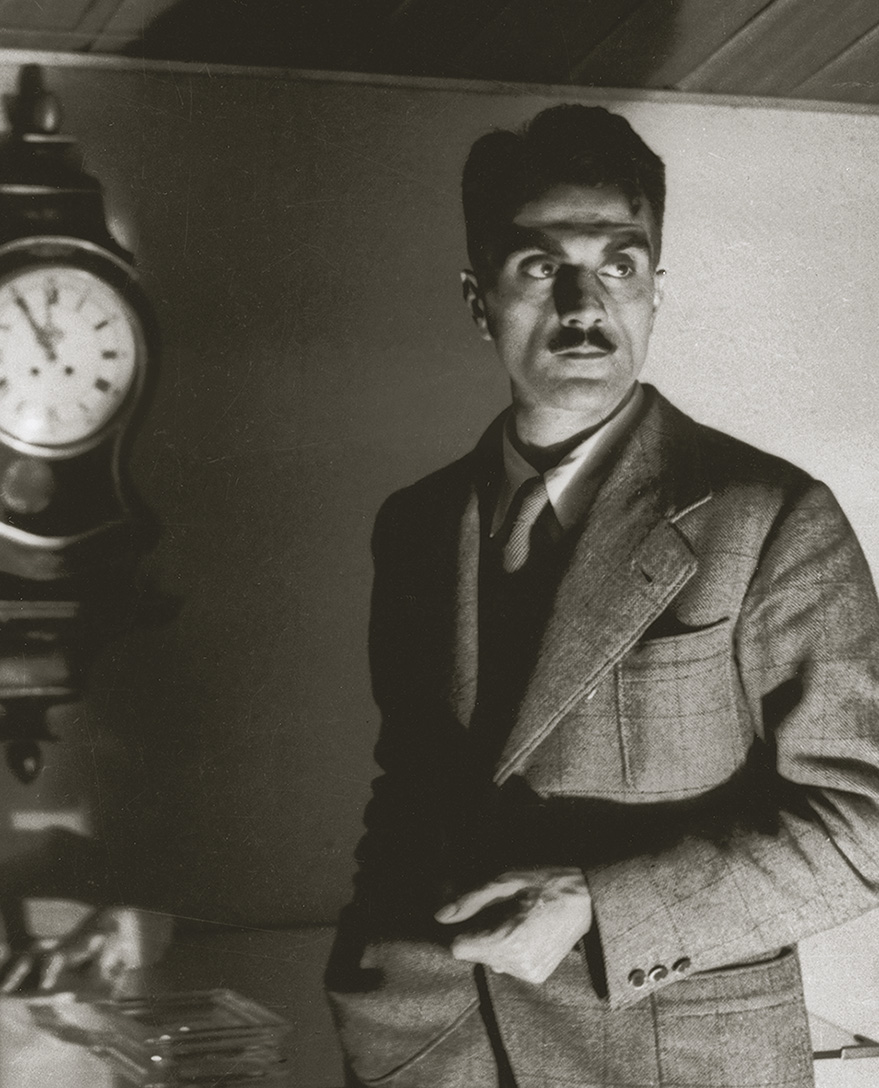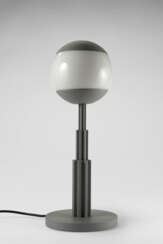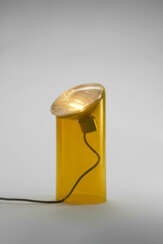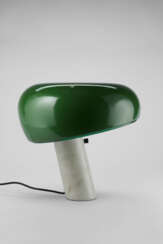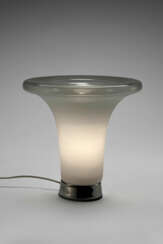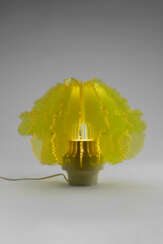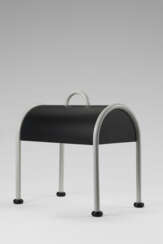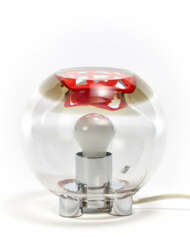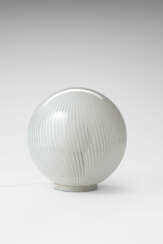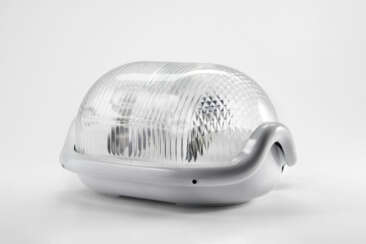
597-3: Decorative Arts of the 20th Century and Design
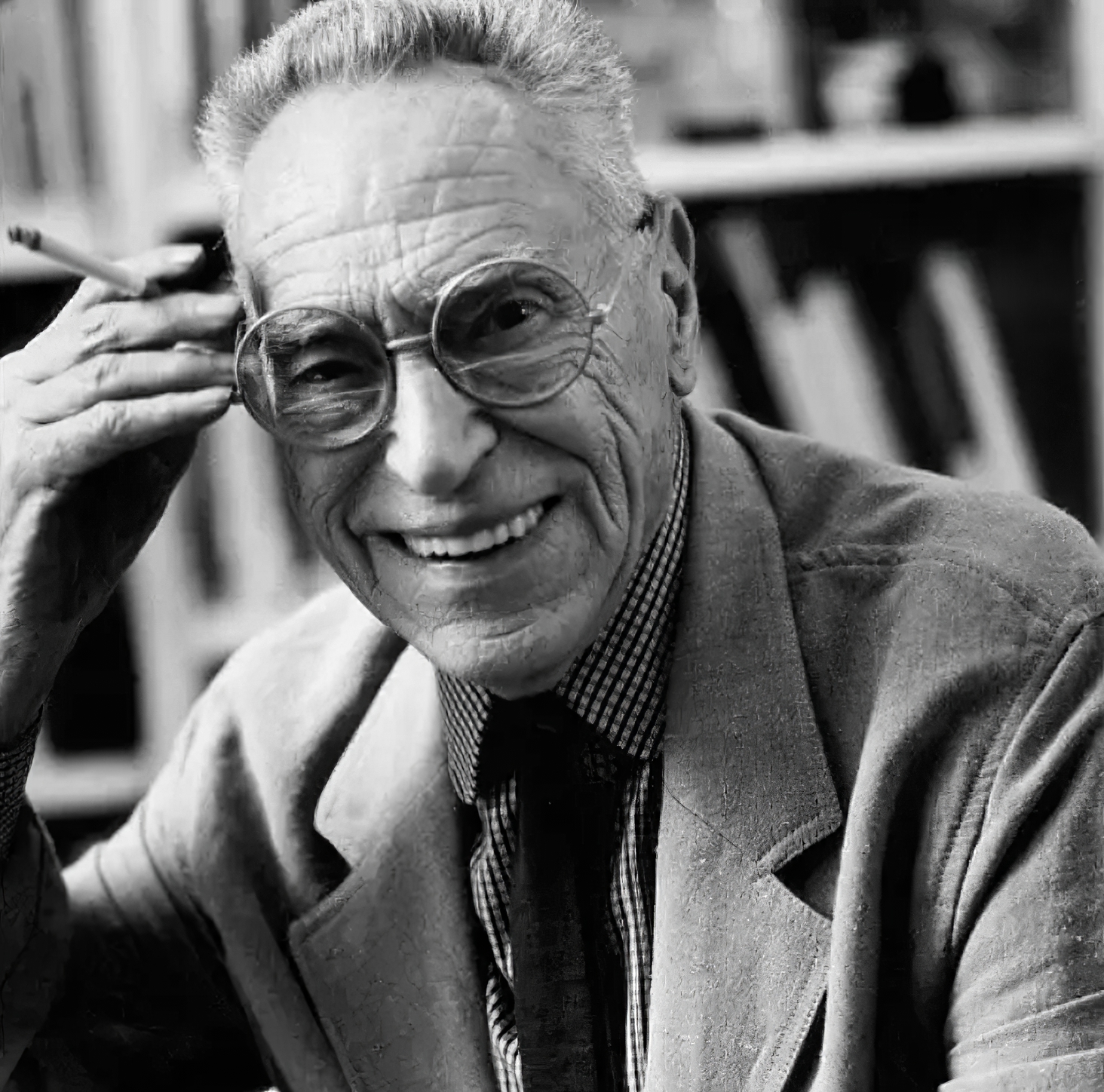
Achille Castiglioni was an Italian architect and designer of furniture, lighting, radiograms and other objects. As a professor of design, he advised his students "If you are not curious, forget it. If you are not interested in others, what they do and how they act, then being a designer is not the right job for you."
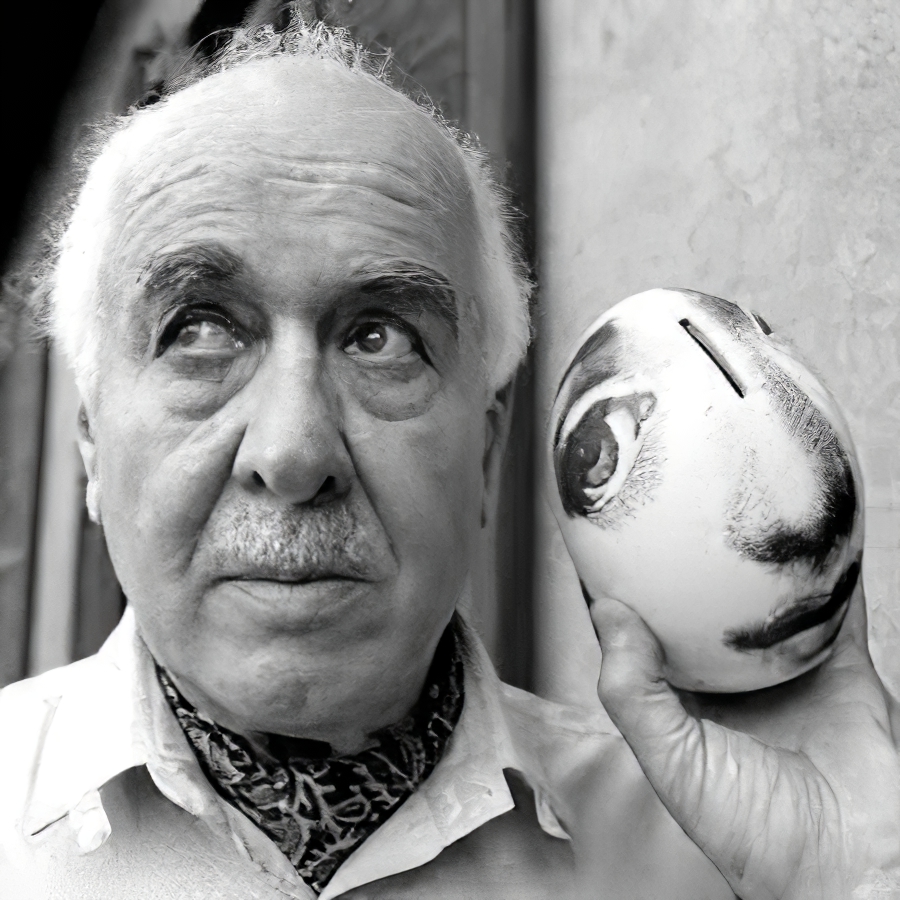
Piero Fornasetti was an Italian artist and designer.
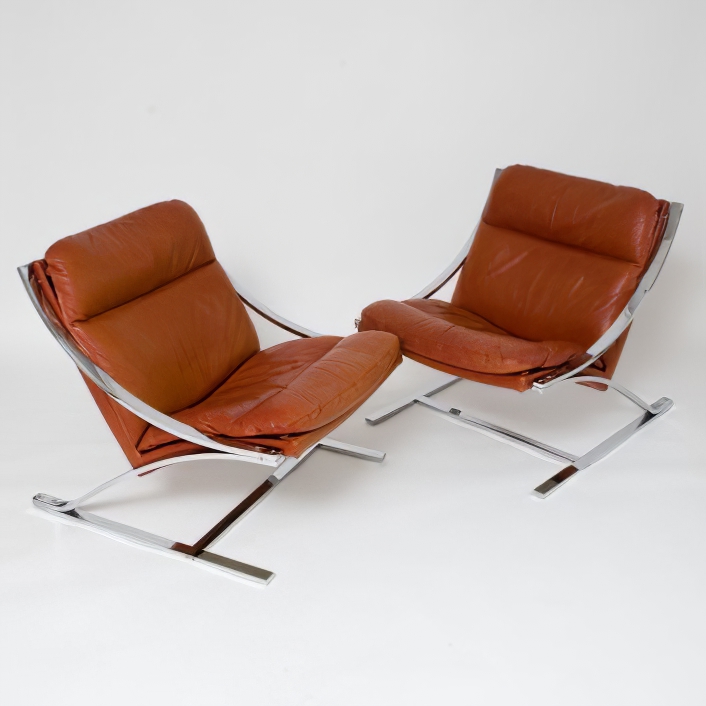
Paul Tuttle was an American designer known primarily for his work in furniture design, and secondarily for his work in interior design and architectural design. Tuttle had no formal education in design, instead drawing influence from his own experience and the mentorship of well known designers such as Alvin Lustig, Welton Becket, and Frank Lloyd Wright. Tuttle designed furniture for over 50 years, resulting in a body of work that included both manufactured and custom made furniture.
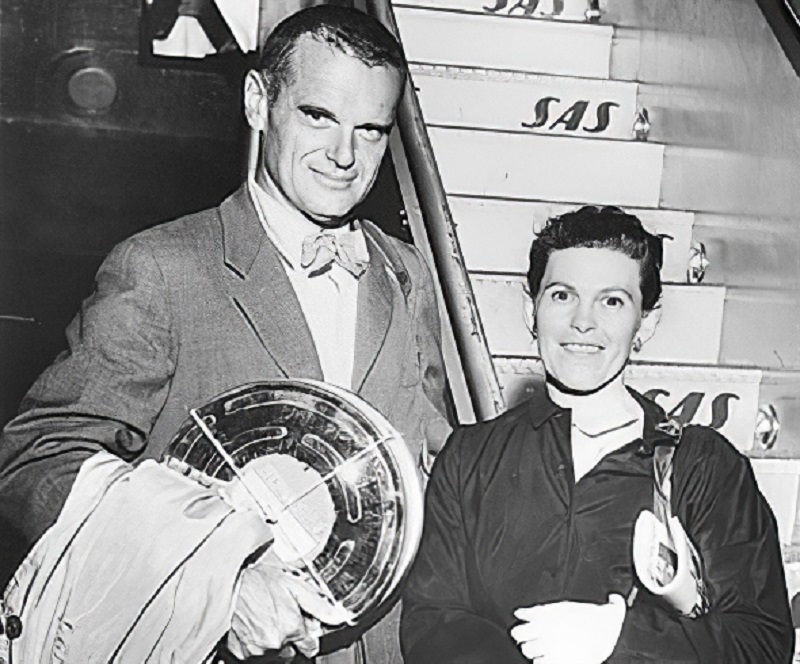
Charles Eames and Ray Eames were an American couple of industrial designers who made significant historical contributions to the development of modern architecture and furniture through the work of the Eames Office.
Charles and Ray Eames also worked in industrial and graphic design, fine art and film. Charles was the public face of Eames Office, but Ray and Charles worked together as creative partners and engaged a diverse creative staff. Some of their best known designs include the Eames Lounge Chair and the Eames Dining Chair.
The Charles and Rae Eames design firm has existed for over four decades.
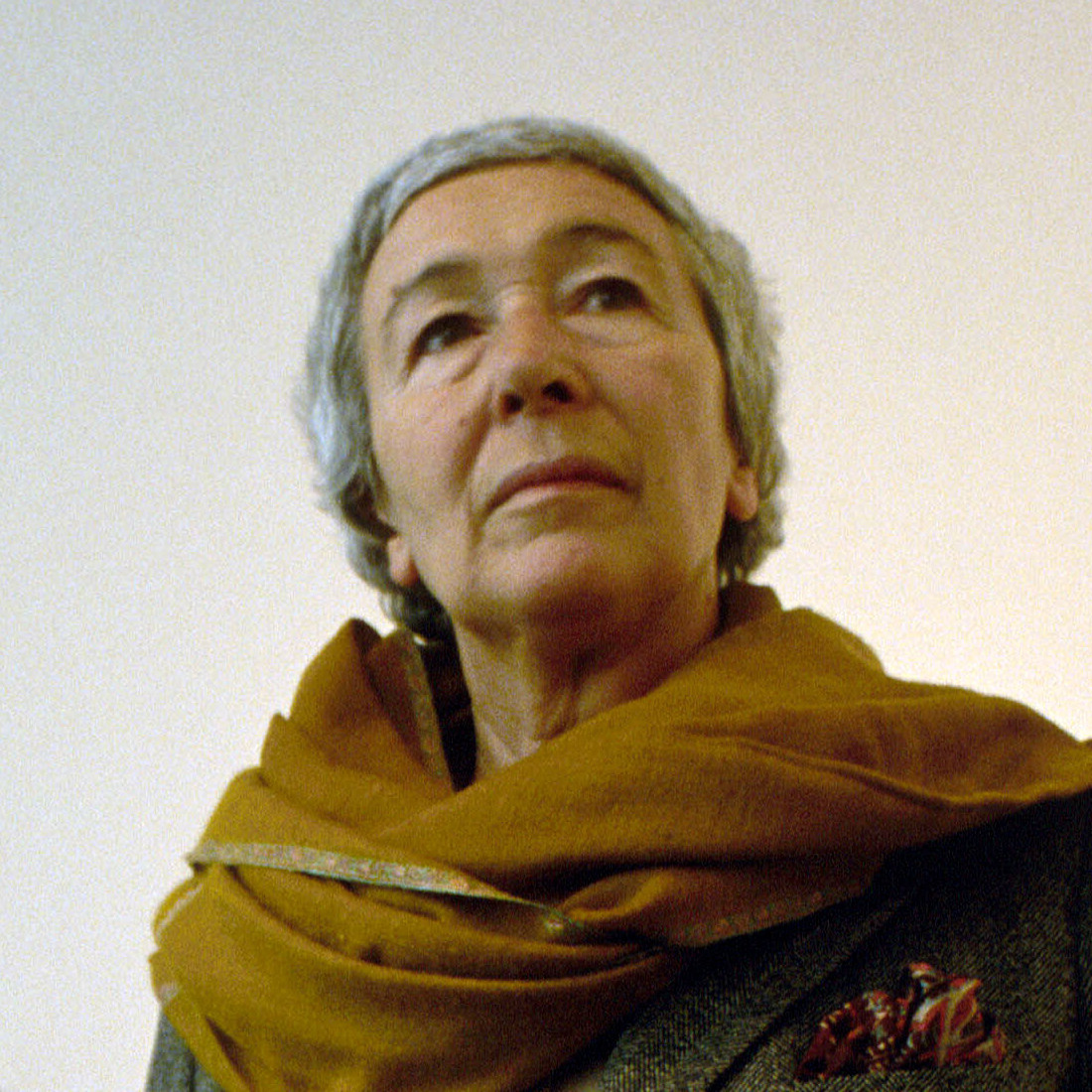
Gaetana (Gae) Aulenti was an Italian architect and designer who was active in furniture design, graphic design, stage design, lighting design, exhibition and interior design. She was known for her contributions to the design of important museums such as the Musée d'Orsay in Paris (in collaboration with ACT Architecture), the Contemporary Art Gallery at the Centre Pompidou in Paris, the restoration of Palazzo Grassi in Venice, and the Asian Art Museum of San Francisco (in collaboration with HOK Architects). Aulenti was one of only a few women architects and designers who gained notoriety in their own right during the post-war period in Italy, where Italian designers sought to make meaningful connections to production principles, and influenced culture far beyond Italy. This avant-garde design movement blossomed into an entirely new type of architecture and design, one full of imaginary utopias leaving standardization to the past.

Achille Castiglioni was an Italian architect and designer of furniture, lighting, radiograms and other objects. As a professor of design, he advised his students "If you are not curious, forget it. If you are not interested in others, what they do and how they act, then being a designer is not the right job for you."
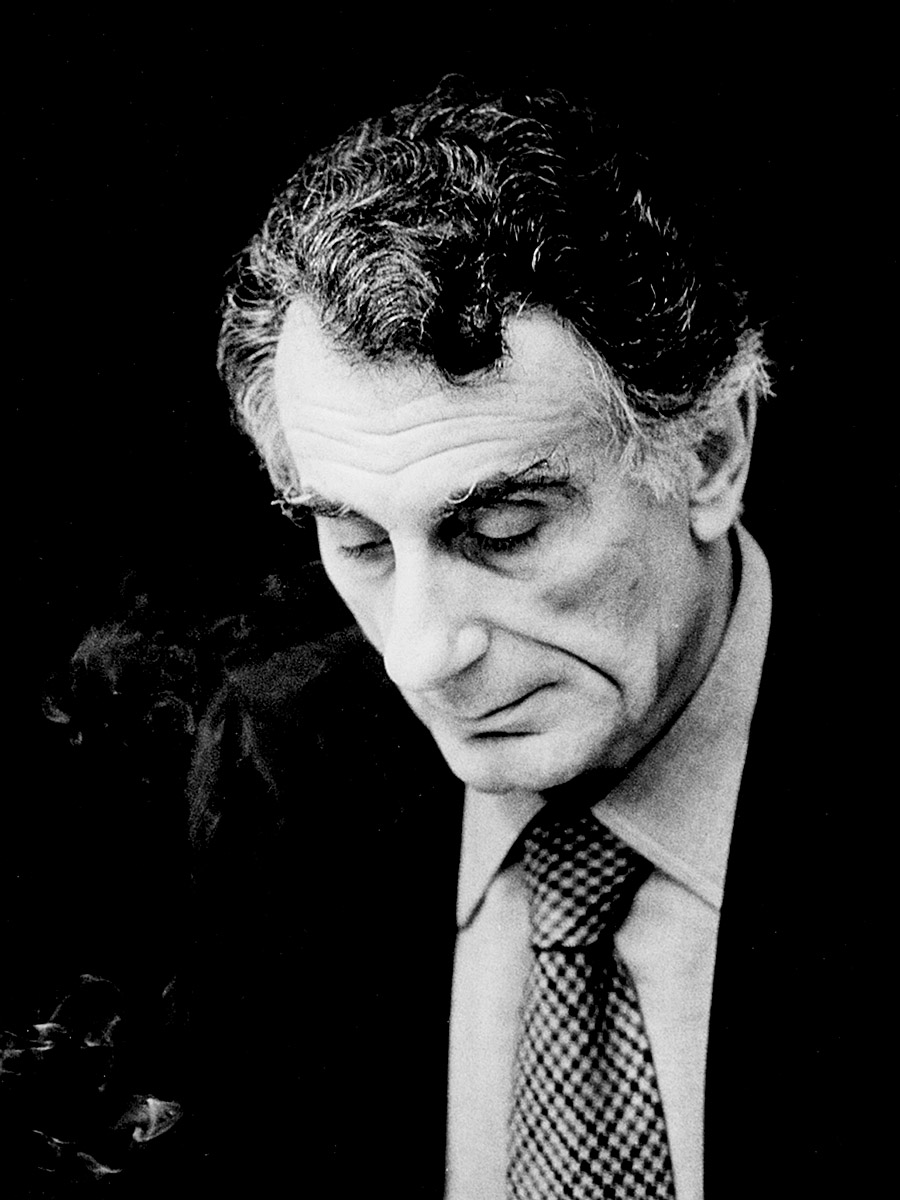
Gianfranco Frattini was an Italian architect and designer. He is a member of the generation that created the Italian design movement in the late 1950s through the 1960s and is considered to have played a major role in shaping it.

Gianfranco Frattini was an Italian architect and designer. He is a member of the generation that created the Italian design movement in the late 1950s through the 1960s and is considered to have played a major role in shaping it.
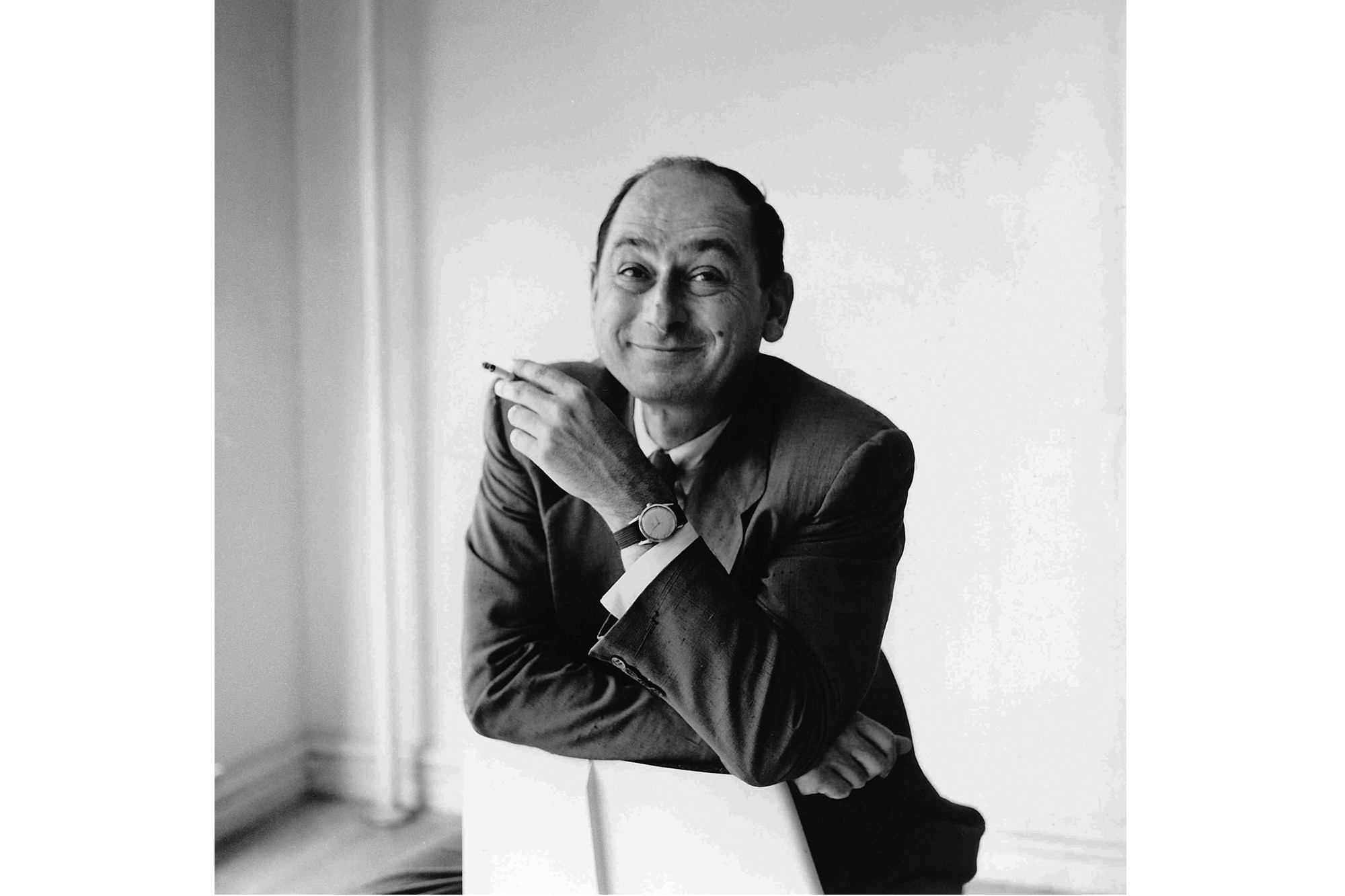
George Nelson was an American industrial designer. While lead designer for the Herman Miller furniture company, Nelson and his design studio, George Nelson Associates, designed 20th-century modernist furniture. He is considered a founder of American modernist design.

Achille Castiglioni was an Italian architect and designer of furniture, lighting, radiograms and other objects. As a professor of design, he advised his students "If you are not curious, forget it. If you are not interested in others, what they do and how they act, then being a designer is not the right job for you."
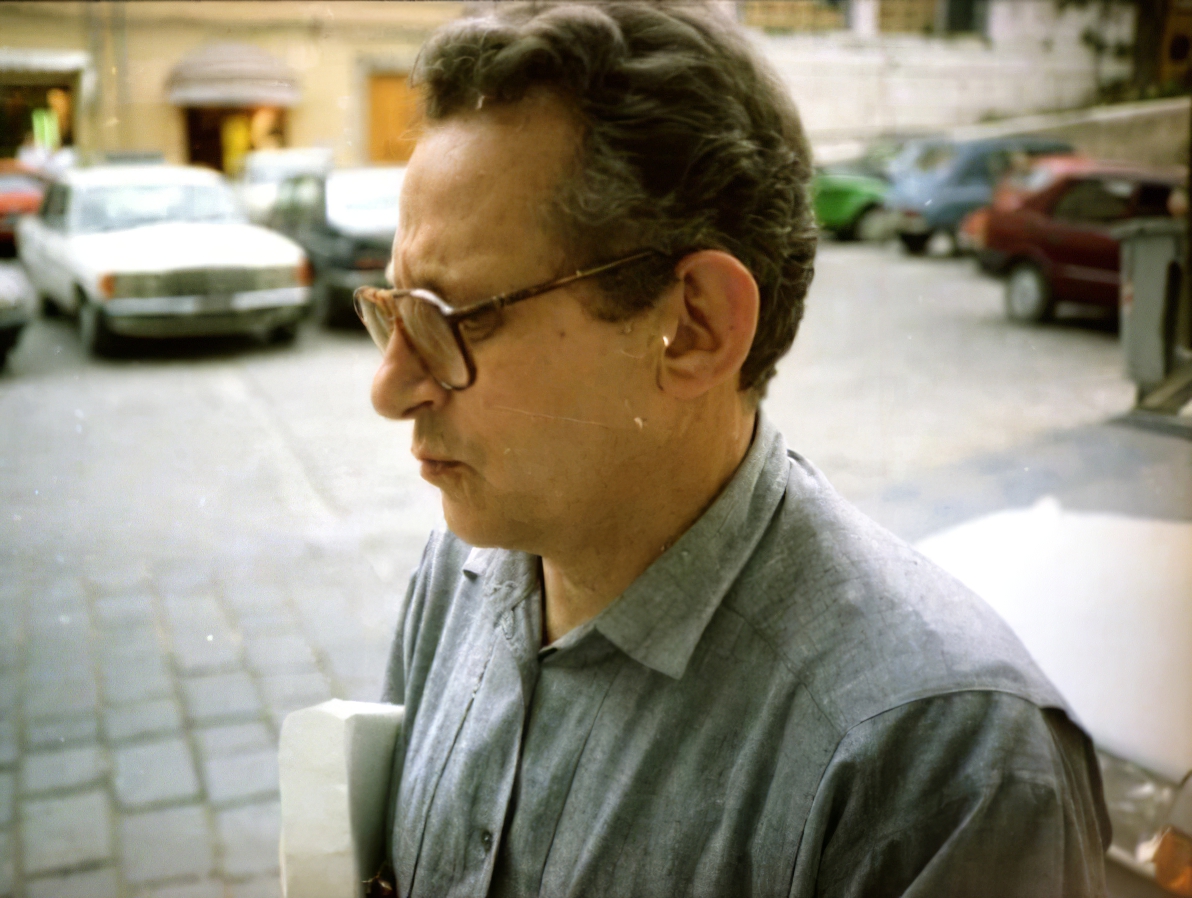
Gian Battista Valentini, known as Nanni Valentini, was an Italian painter, sculptor and ceramist.
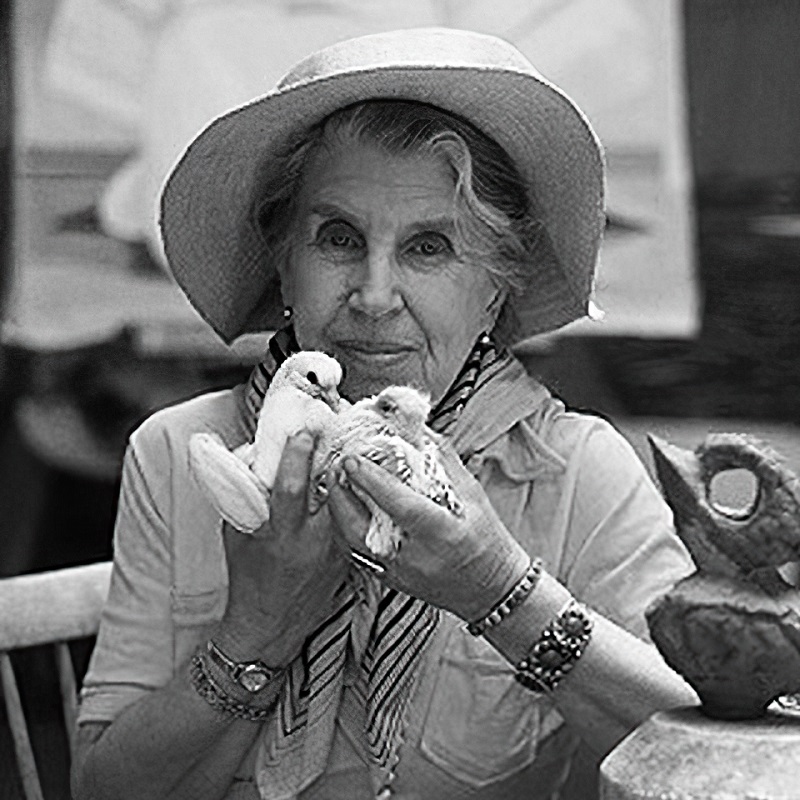
Tyra Carolina Lundgren was a Swedish painter, ceramist, glass and textile designer, and writer. One of the most versatile artists and modernists of the 20th century, Lundgren was the first woman to design glass for Paolo Venini, and emerged as a pioneer of the Swedish Grace style. In 1950, she was awarded the Swedish royal medal Litteris et Artibus in recognition of her artistic career.

Gian Battista Valentini, known as Nanni Valentini, was an Italian painter, sculptor and ceramist.
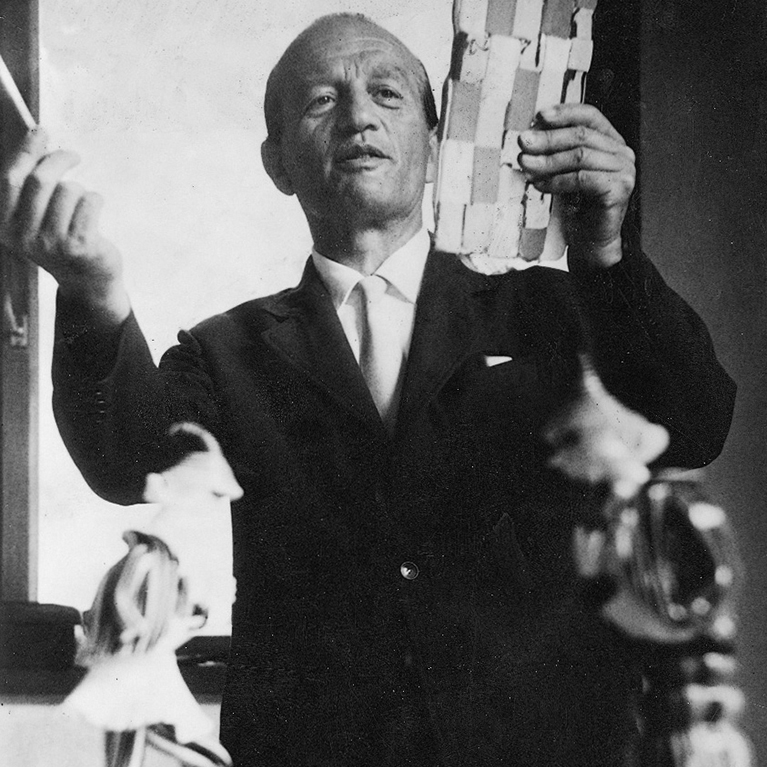
Paolo Venini emerged as one of the leading figures in the production of Murano glass and an important contributor to twentieth century Italian design. He is known for having founded the eponymous Venini & C. glassworks.

Paolo Venini emerged as one of the leading figures in the production of Murano glass and an important contributor to twentieth century Italian design. He is known for having founded the eponymous Venini & C. glassworks.

Paolo Venini emerged as one of the leading figures in the production of Murano glass and an important contributor to twentieth century Italian design. He is known for having founded the eponymous Venini & C. glassworks.

Paolo Venini emerged as one of the leading figures in the production of Murano glass and an important contributor to twentieth century Italian design. He is known for having founded the eponymous Venini & C. glassworks.

Paolo Venini emerged as one of the leading figures in the production of Murano glass and an important contributor to twentieth century Italian design. He is known for having founded the eponymous Venini & C. glassworks.
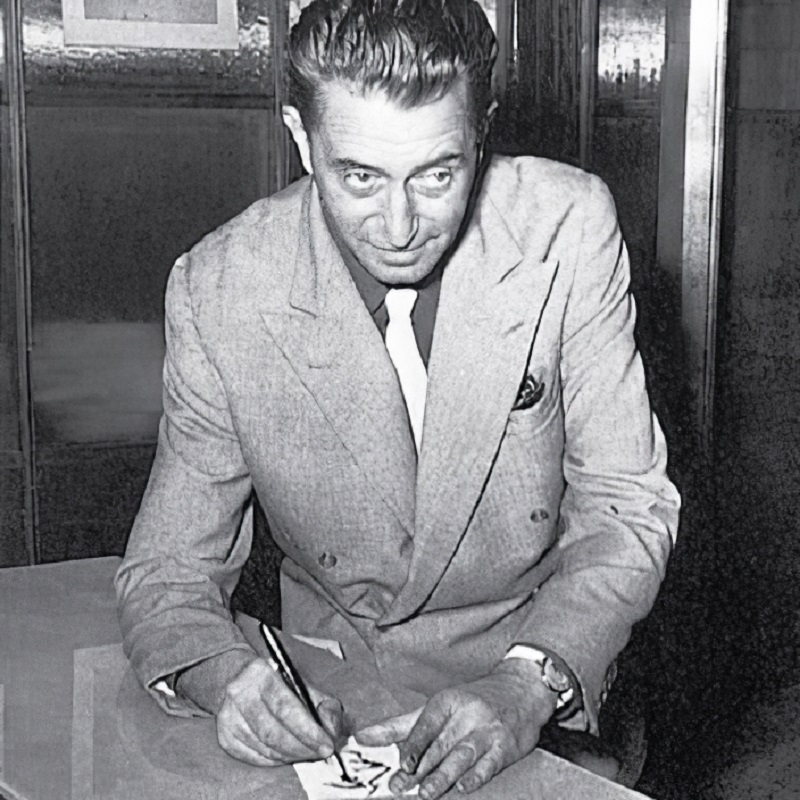
Flavio Poli was an Italian artist, known for his designs in glass.

Paolo Venini emerged as one of the leading figures in the production of Murano glass and an important contributor to twentieth century Italian design. He is known for having founded the eponymous Venini & C. glassworks.

Paolo Venini emerged as one of the leading figures in the production of Murano glass and an important contributor to twentieth century Italian design. He is known for having founded the eponymous Venini & C. glassworks.

Paolo Venini emerged as one of the leading figures in the production of Murano glass and an important contributor to twentieth century Italian design. He is known for having founded the eponymous Venini & C. glassworks.
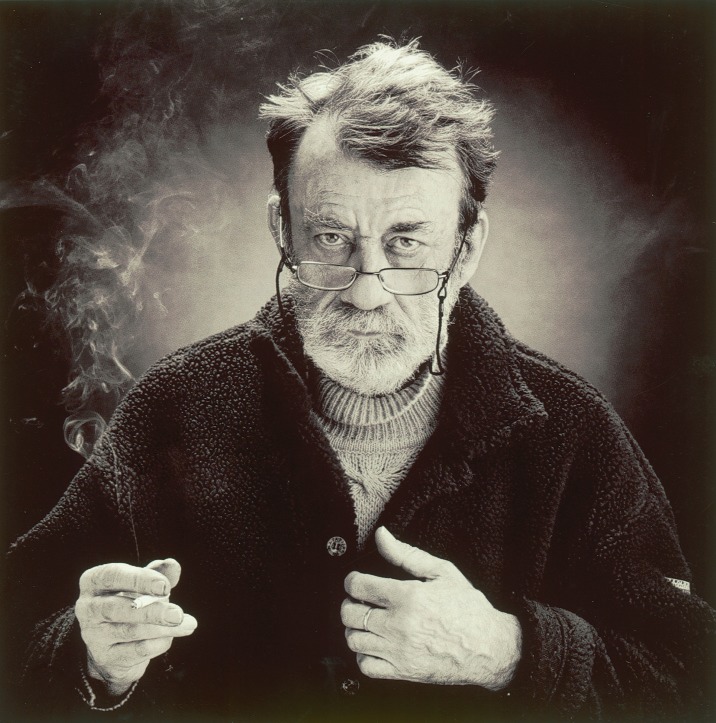
Toni Zuccheri was an Italian animalist, designer and architect. He is known for his collaboration with Venini in the 1960s. During this time, he created colourful series of pets, fish and birds for the brand, as well as organic vases made of polychrome glass combined with ironic style and dynamic shapes. A leading designer for other renowned manufacturers, from Barovier & Toso to Seguso Viro, Zuccheri has written an important chapter in the history of Murano glass, and his work can be found in the collections of prestigious museums worldwide: the Murano Glass Museum, MoMA and Guggenheim in New York, the Occaido Museum in Sapporo and the Metropolitan Tien Art Museum in Tokyo.

Toni Zuccheri was an Italian animalist, designer and architect. He is known for his collaboration with Venini in the 1960s. During this time, he created colourful series of pets, fish and birds for the brand, as well as organic vases made of polychrome glass combined with ironic style and dynamic shapes. A leading designer for other renowned manufacturers, from Barovier & Toso to Seguso Viro, Zuccheri has written an important chapter in the history of Murano glass, and his work can be found in the collections of prestigious museums worldwide: the Murano Glass Museum, MoMA and Guggenheim in New York, the Occaido Museum in Sapporo and the Metropolitan Tien Art Museum in Tokyo.

Paolo Venini emerged as one of the leading figures in the production of Murano glass and an important contributor to twentieth century Italian design. He is known for having founded the eponymous Venini & C. glassworks.

Paolo Venini emerged as one of the leading figures in the production of Murano glass and an important contributor to twentieth century Italian design. He is known for having founded the eponymous Venini & C. glassworks.

Roberto Ceccherini is a contemporary Italian artist and sculptor.
In the early eighties he began his artistic quest outside the constraints of serial production, creating compositions and sculptures that stand out for their plastic-chromatic balance and expressive power.

Gaetana (Gae) Aulenti was an Italian architect and designer who was active in furniture design, graphic design, stage design, lighting design, exhibition and interior design. She was known for her contributions to the design of important museums such as the Musée d'Orsay in Paris (in collaboration with ACT Architecture), the Contemporary Art Gallery at the Centre Pompidou in Paris, the restoration of Palazzo Grassi in Venice, and the Asian Art Museum of San Francisco (in collaboration with HOK Architects). Aulenti was one of only a few women architects and designers who gained notoriety in their own right during the post-war period in Italy, where Italian designers sought to make meaningful connections to production principles, and influenced culture far beyond Italy. This avant-garde design movement blossomed into an entirely new type of architecture and design, one full of imaginary utopias leaving standardization to the past.

Tyra Carolina Lundgren was a Swedish painter, ceramist, glass and textile designer, and writer. One of the most versatile artists and modernists of the 20th century, Lundgren was the first woman to design glass for Paolo Venini, and emerged as a pioneer of the Swedish Grace style. In 1950, she was awarded the Swedish royal medal Litteris et Artibus in recognition of her artistic career.
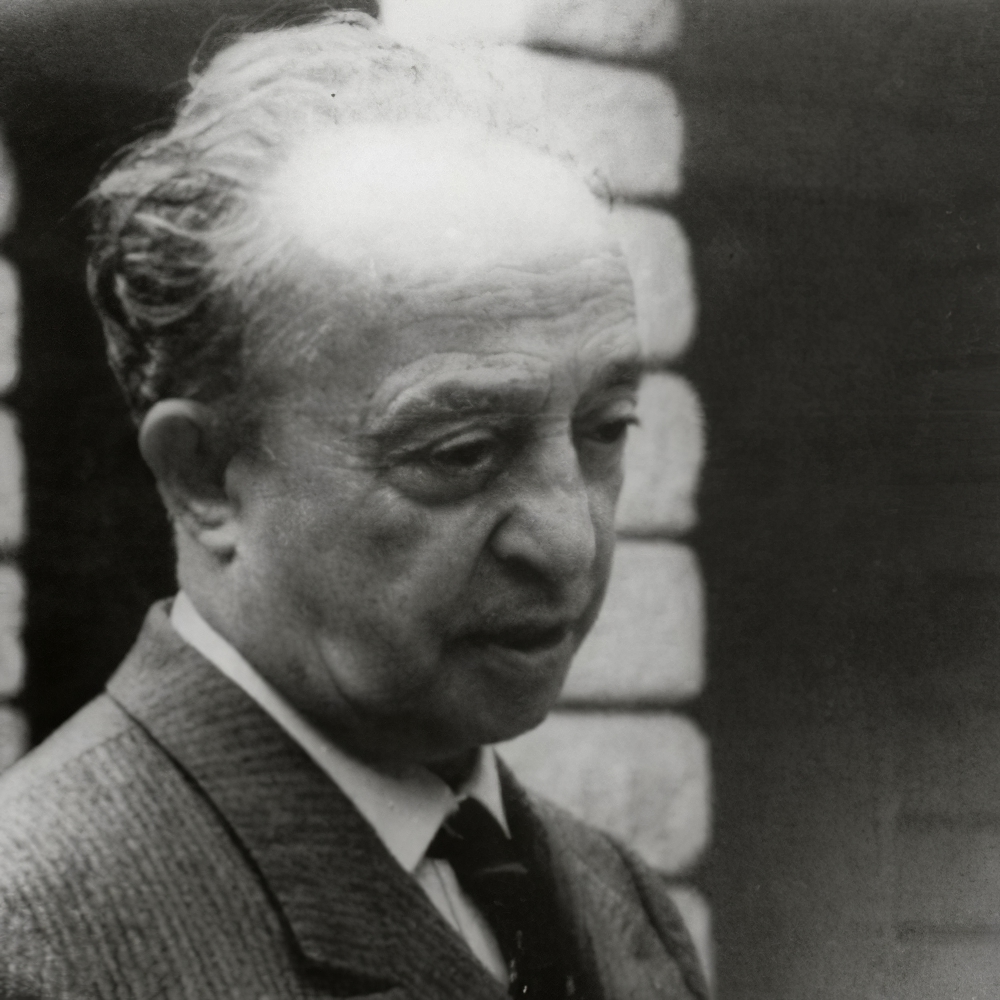
Tomaso Buzzi was an Italian architect and designer.
He also worked as a furniture and glass designer and wrote articles in Domus and Dedalo. Buzzi's slow departure from modernism accentuated after 1945, when he worked mainly as a private architect for the Italian aristocracy and the big bourgeoisie of the Volpi, Agnelli, etc.
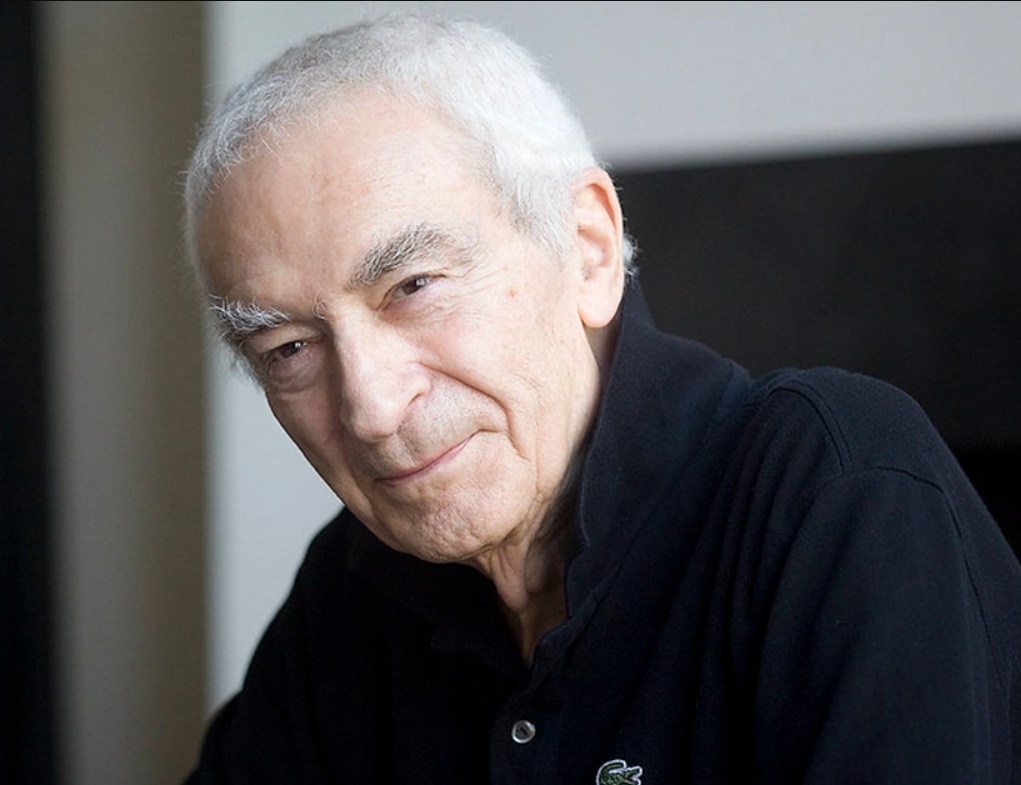
Massimo Vignelli was an Italian designer who worked in a number of areas including packaging, houseware, furniture, public signage, and showroom design. He was the co-founder of Vignelli Associates, with his wife, Lella. His motto was, "If you can design one thing, you can design everything," which the broad range of his work reflects.
Vignelli worked firmly within the modernist tradition. His style stressed simplicity by using basic geometric shapes.
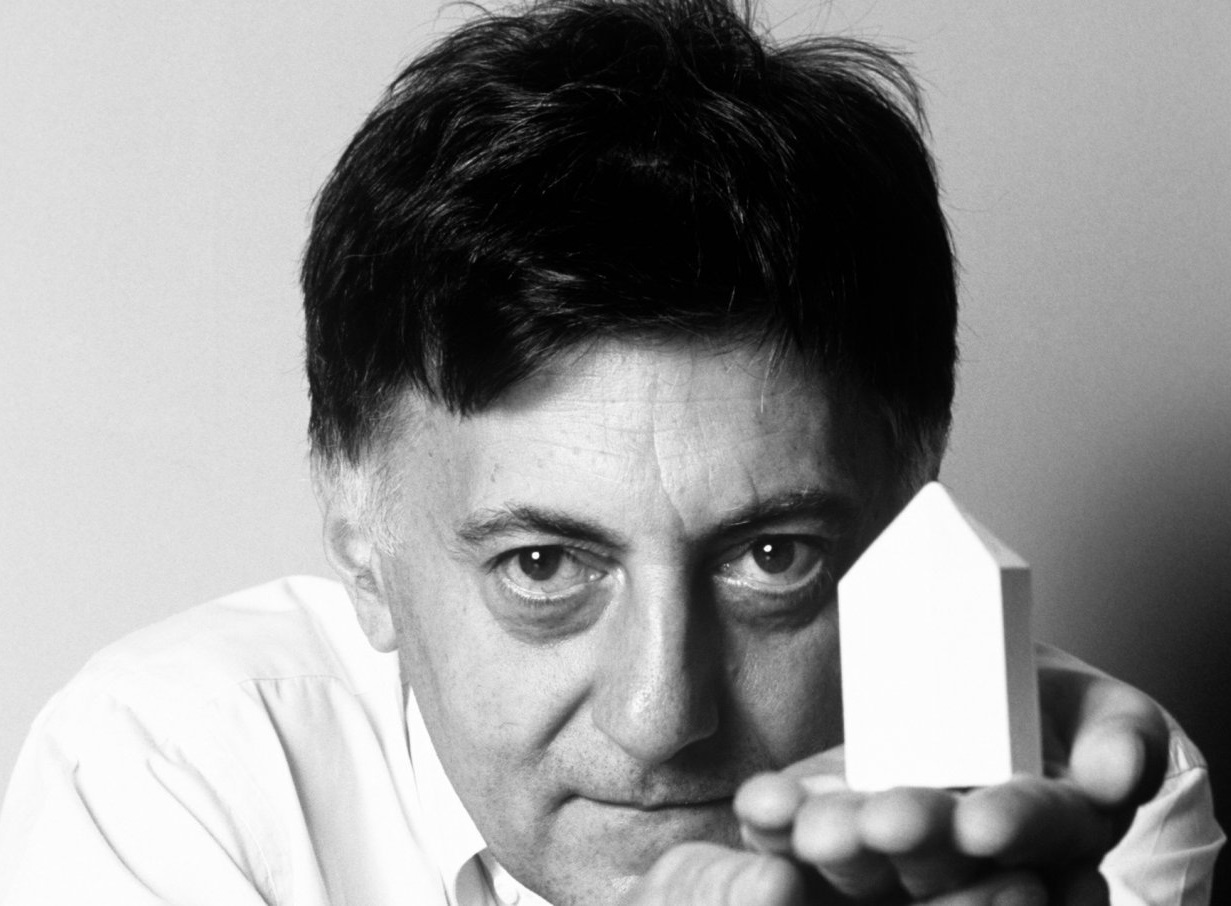
Aldo Rossi was an Italian architect renowned for his profound influence on architectural theory and design during the late 20th century. Born in Milan in 1931, Rossi developed a unique approach that combined elements of modernism, classicism, and surrealism, often reflecting the historical context of his projects with a poetic touch.
Rossi's architectural philosophy was characterized by a deep study of urban environments and the impact of historical forms on contemporary spaces. His theories were well-articulated in seminal works such as The Architecture of the City (1966), which remains influential in urban design and theory today. Rossi's emphasis on the importance of collective memory and urban artifacts in city planning was revolutionary, advocating for designs that resonate with the historical and cultural contexts of their locations.
Throughout his career, Rossi received numerous accolades, including the prestigious Pritzker Prize in 1990, making him the first Italian to receive this honor. His notable projects include the San Cataldo Cemetery in Modena, a masterpiece of modern cemetery design that is often regarded as a paradigm of Neo-Rationalist architecture, and the Bonnefanten Museum in Maastricht, which showcases his ability to blend historical reverence with modern design.
Aldo Rossi's work extended beyond architecture into product design, where he also left a significant mark with designs like the "La Cupola" espresso maker for Alessi, reflecting his architectural principles in small-scale products.
For collectors and experts in art and architecture, Rossi's works offer a deep dive into the evolution of postmodern architectural thought and its application in both grand and everyday scales. His legacy continues to inspire architects and designers around the world, underscoring his role as a pivotal figure in contemporary architecture.
For those interested in exploring Aldo Rossi's architectural philosophy or viewing his designs, consider signing up for updates on exhibitions and discussions featuring his work. This will ensure you remain informed about opportunities to engage with Rossi's enduring influence in the field of architecture.
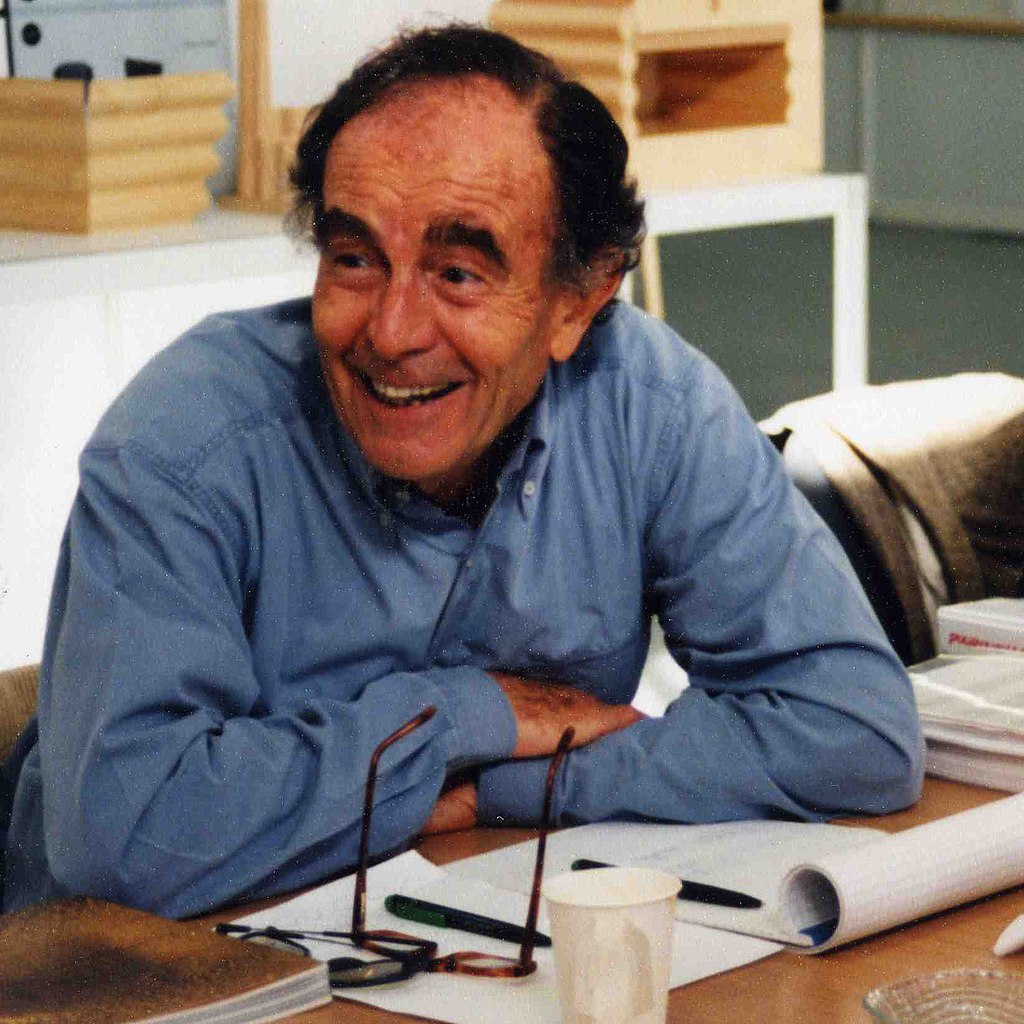
Vico Magistretti was an Italian industrial designer, known as a furniture designer and architect. A collaborator of humanist architect Ernesto Nathan Rogers, one of Magistretti's first projects was the "poetic" round church in the experimental Milan neighborhood of QT8. He later designed mass-produced appliances and furniture for companies such as Cassina S.p.A., and won several awards, including the Gold Medal of the Chartered Society of Industrial Artists & Designers in 1986.

Achille Castiglioni was an Italian architect and designer of furniture, lighting, radiograms and other objects. As a professor of design, he advised his students "If you are not curious, forget it. If you are not interested in others, what they do and how they act, then being a designer is not the right job for you."

Achille Castiglioni was an Italian architect and designer of furniture, lighting, radiograms and other objects. As a professor of design, he advised his students "If you are not curious, forget it. If you are not interested in others, what they do and how they act, then being a designer is not the right job for you."

Achille Castiglioni was an Italian architect and designer of furniture, lighting, radiograms and other objects. As a professor of design, he advised his students "If you are not curious, forget it. If you are not interested in others, what they do and how they act, then being a designer is not the right job for you."
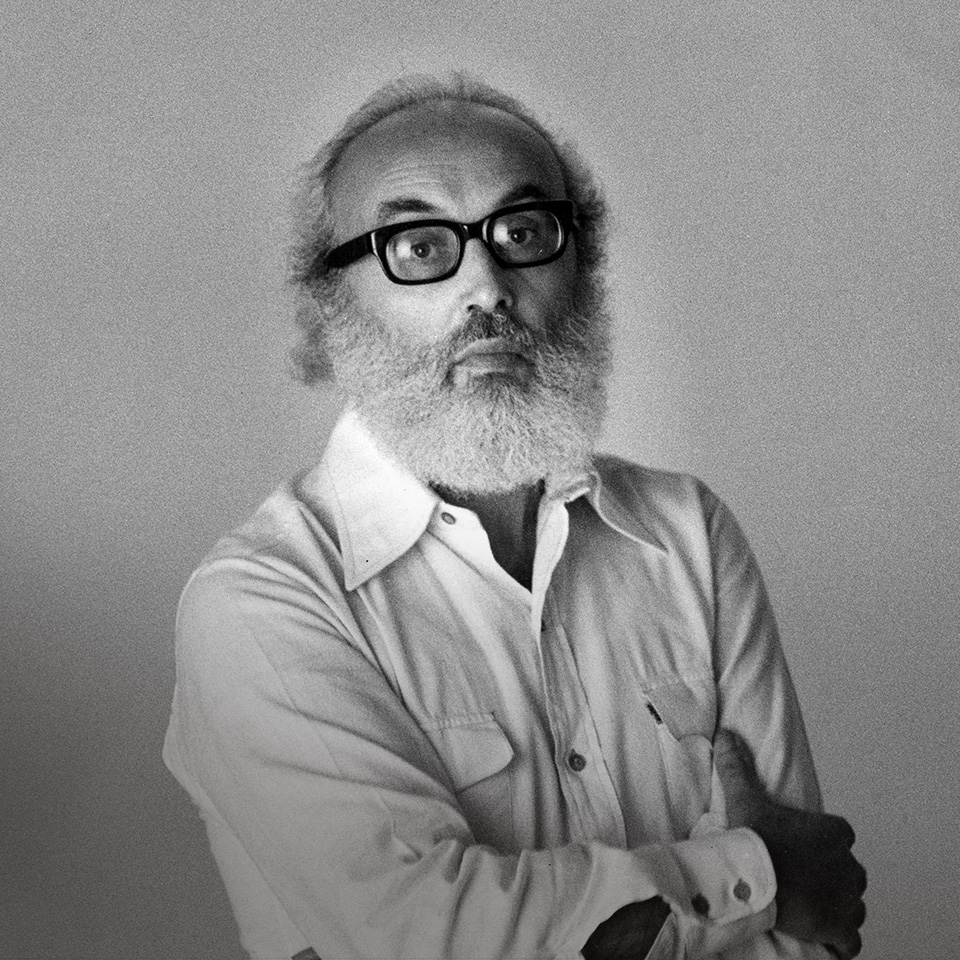
Angelo Mangiarotti was an Italian architect and industrial designer. His designs were mostly for industrial buildings and railway stations. In 1994 he received the Compasso d'Oro award of the Associazione per il Disegno Industriale for his lifetime of achievement.
Maurice Max Ingrand, better known as Max Ingrand was a French artist and decorator, known for his work in studio glass and his stained glass windows.
Ingrand created numerous church stained glass windows during the late 1940s to 1960s. In the aftermath of World War II, he was tasked with replacing 47 of the stained glass windows destroyed at Notre-Dame de Paris.
Max Ingrand was noted for his modern designs.
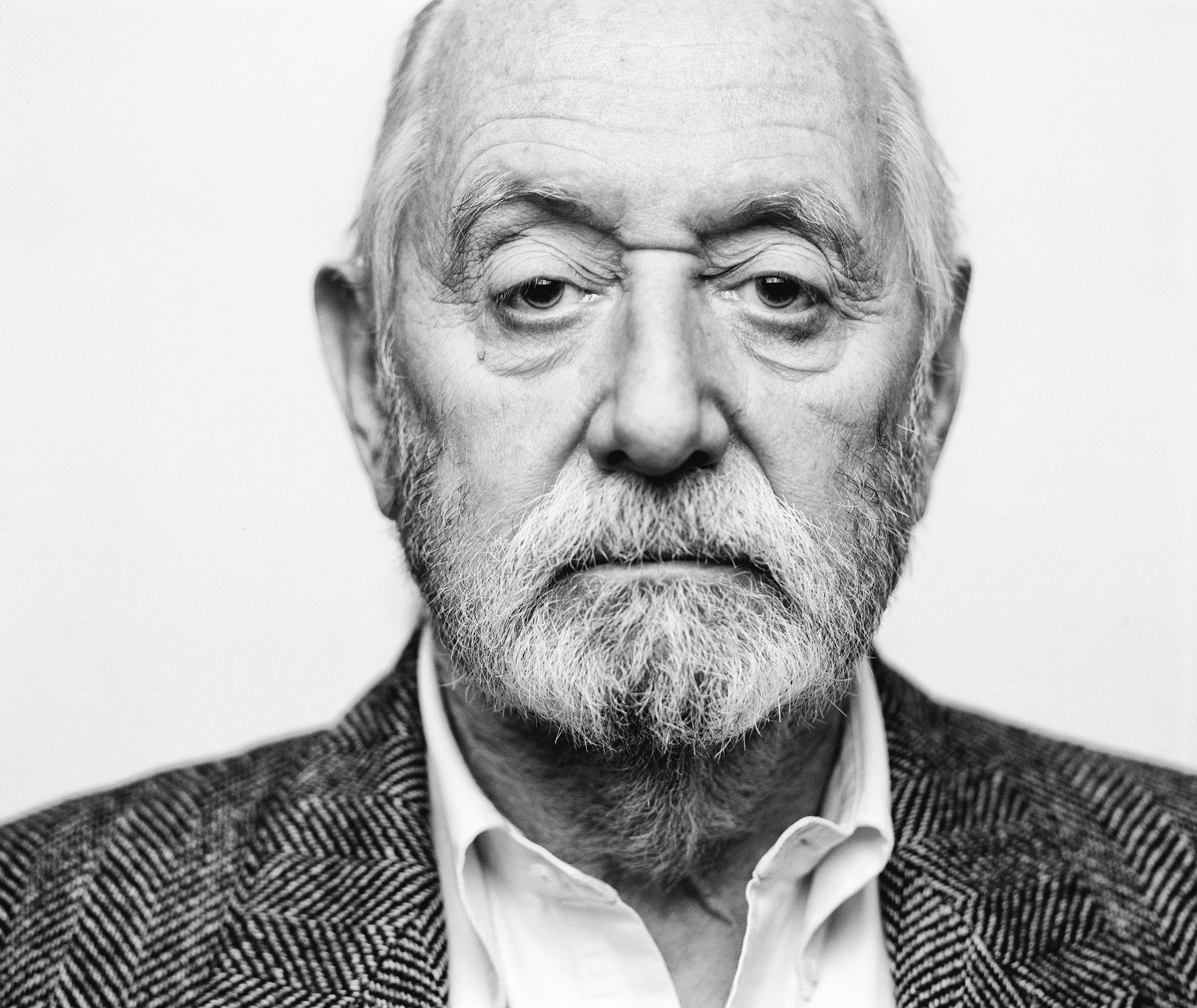
Ettore Sottsass was a 20th century Italian architect, noted for also designing furniture, jewellery, glass, lighting, home and office wares, as well as numerous buildings and interiors — often defined by bold colours.

Paolo Venini emerged as one of the leading figures in the production of Murano glass and an important contributor to twentieth century Italian design. He is known for having founded the eponymous Venini & C. glassworks.
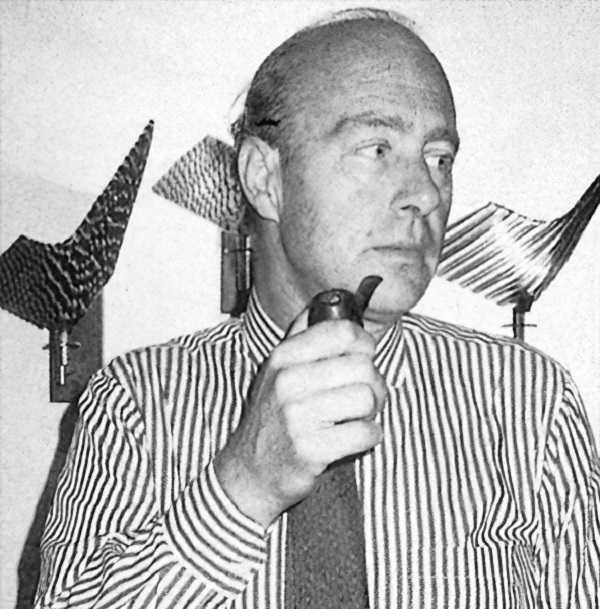
Ludovico Dias de Santigliana is an Italian artist, architect and designer.
He married Anna Venini, daughter of Paolo Venini, and became general director of Venini & C. after the owner's death and until 1985, when with the same responsibilities he moved to EOS, for which he designed a number of important collections.

Achille Castiglioni was an Italian architect and designer of furniture, lighting, radiograms and other objects. As a professor of design, he advised his students "If you are not curious, forget it. If you are not interested in others, what they do and how they act, then being a designer is not the right job for you."


